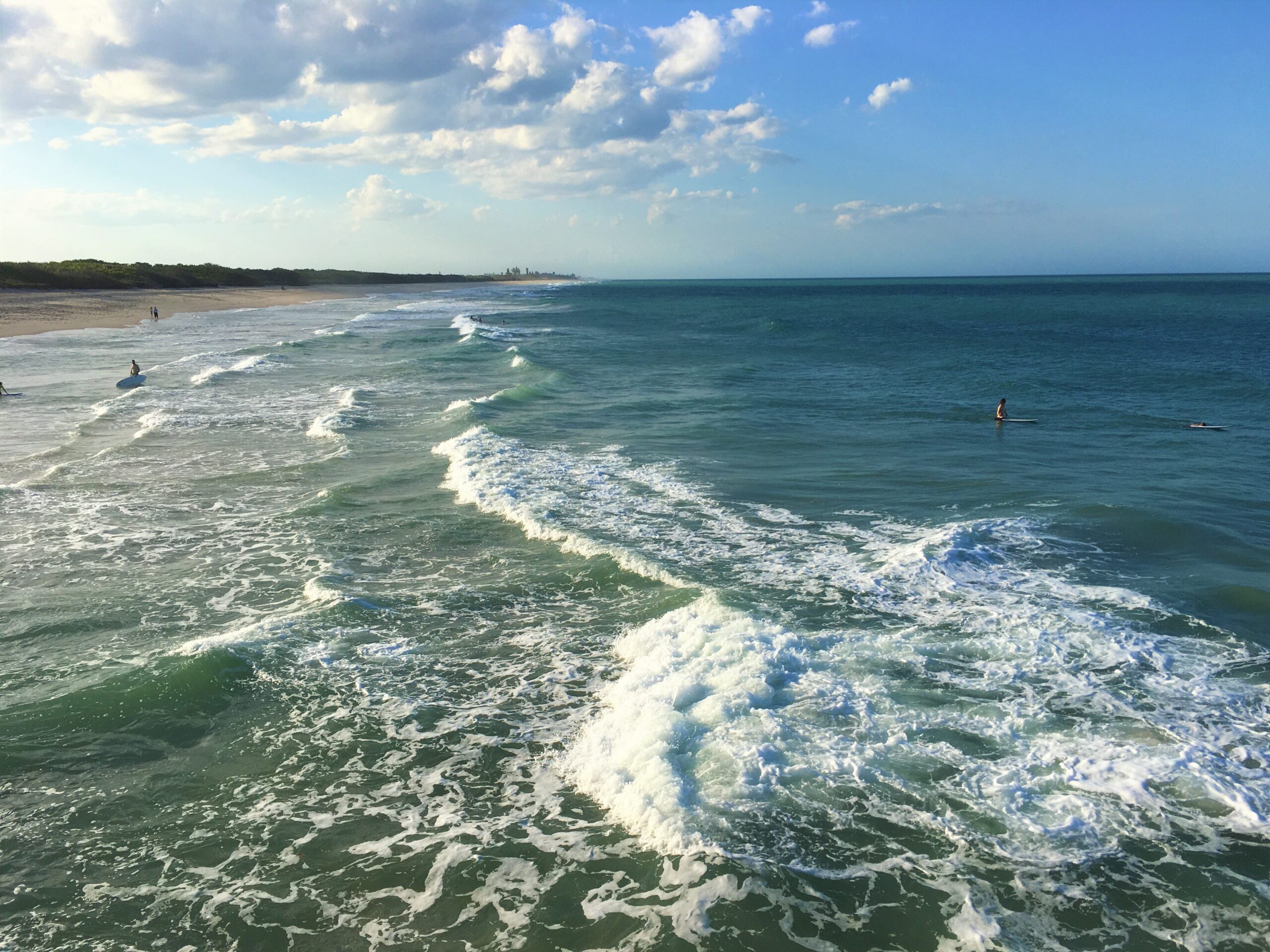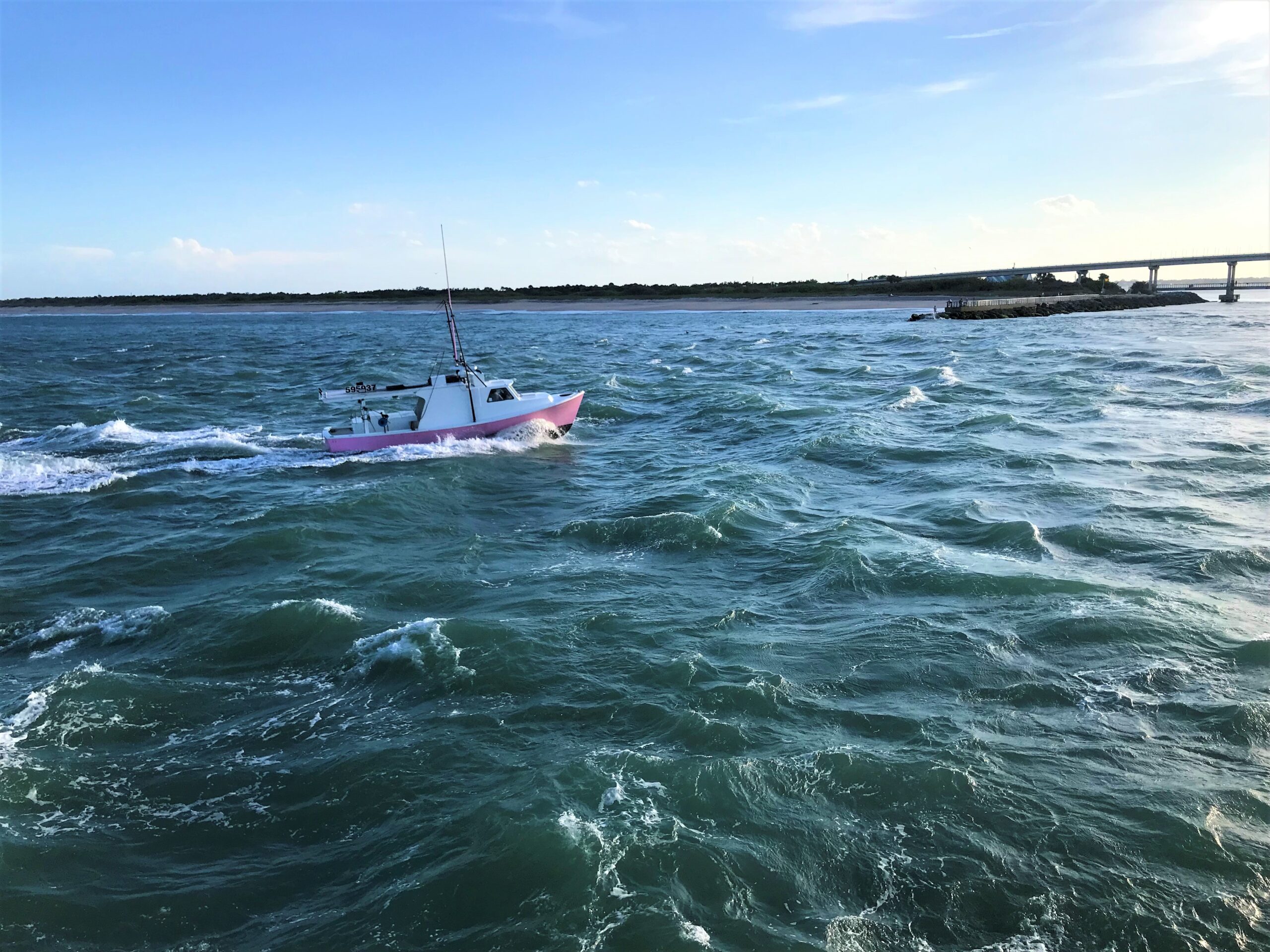Sebastian Inlet State Park, Melbourne Beach, Florida
People went out to him (John the Baptist) from Jerusalem and all Judea and the whole region of the Jordan. Confessing their sins they were baptized by him in the Jordan River. ~ Matthew 3:5-6 So people from all walks of life and all parts of the ‘world’ came to him asking how they should now live – common people, tax collectors, soldiers… (Luke 3:10-14). John’s baptism was symbolic of cleansing the people who repented (turned their thoughts and lives around toward God’s desire for them). The Jewish population for certain would’ve recognized this as a cleansing because their priests were required to cleanse themselves and especially their hands before offering sacrifices. (Exodus 30:17-21)

We rose early this morning and rode our bikes to the beach to see the sunrise. All sunrises are painted by God and are beautiful, as was this one, and today’s ranked somewhere in the middle of the dramatic ones we’ve witnessed over the years.
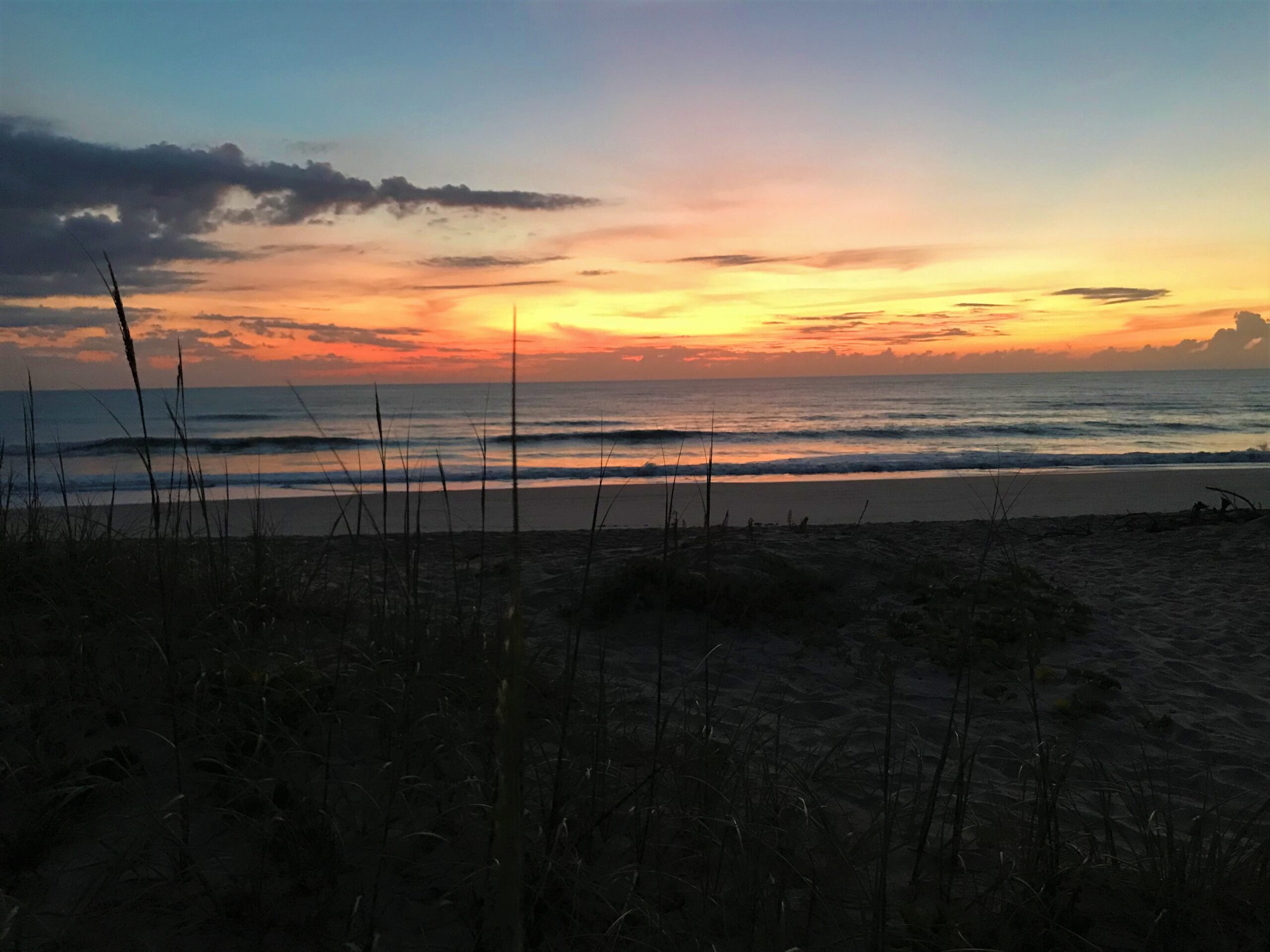
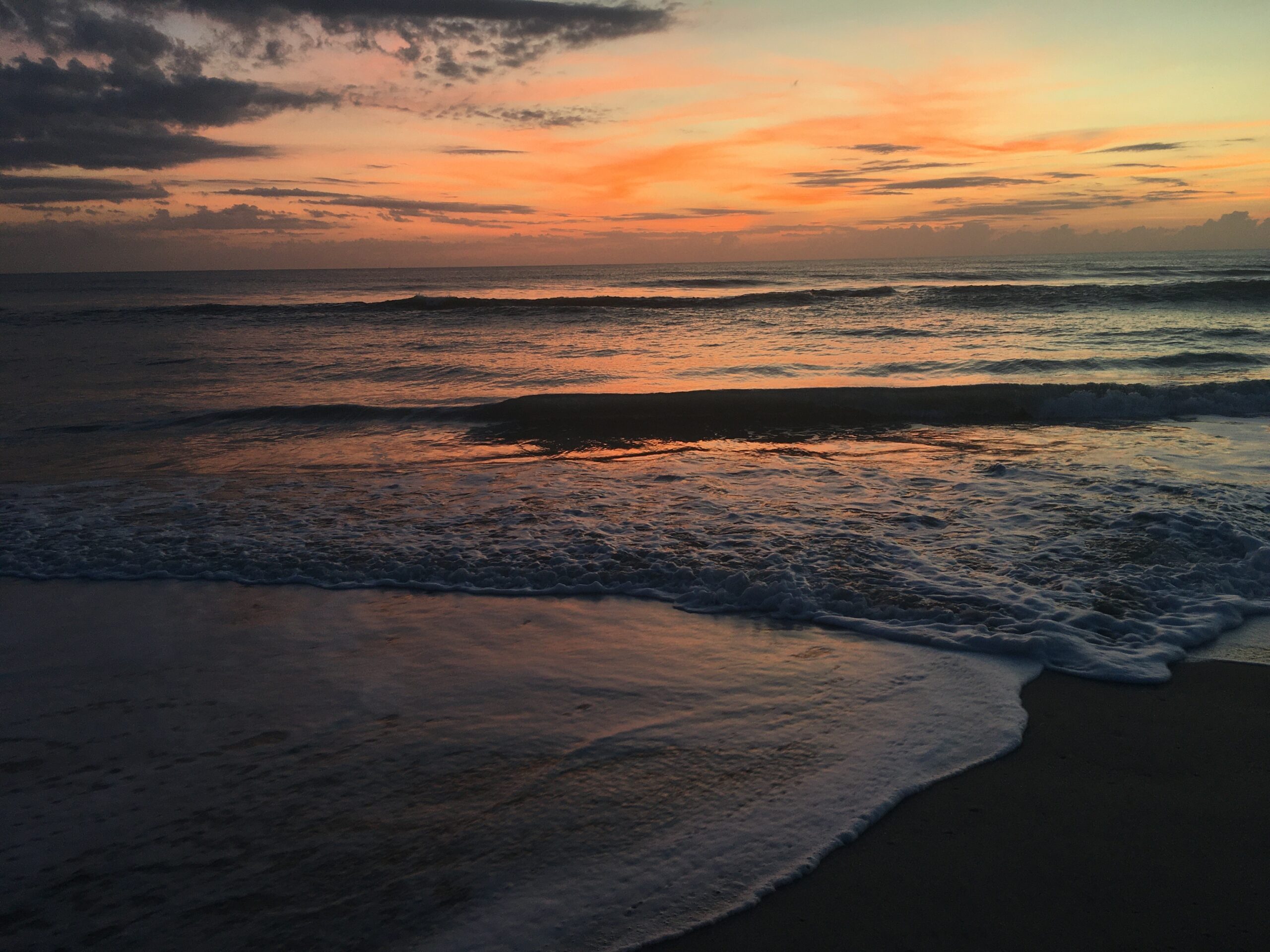
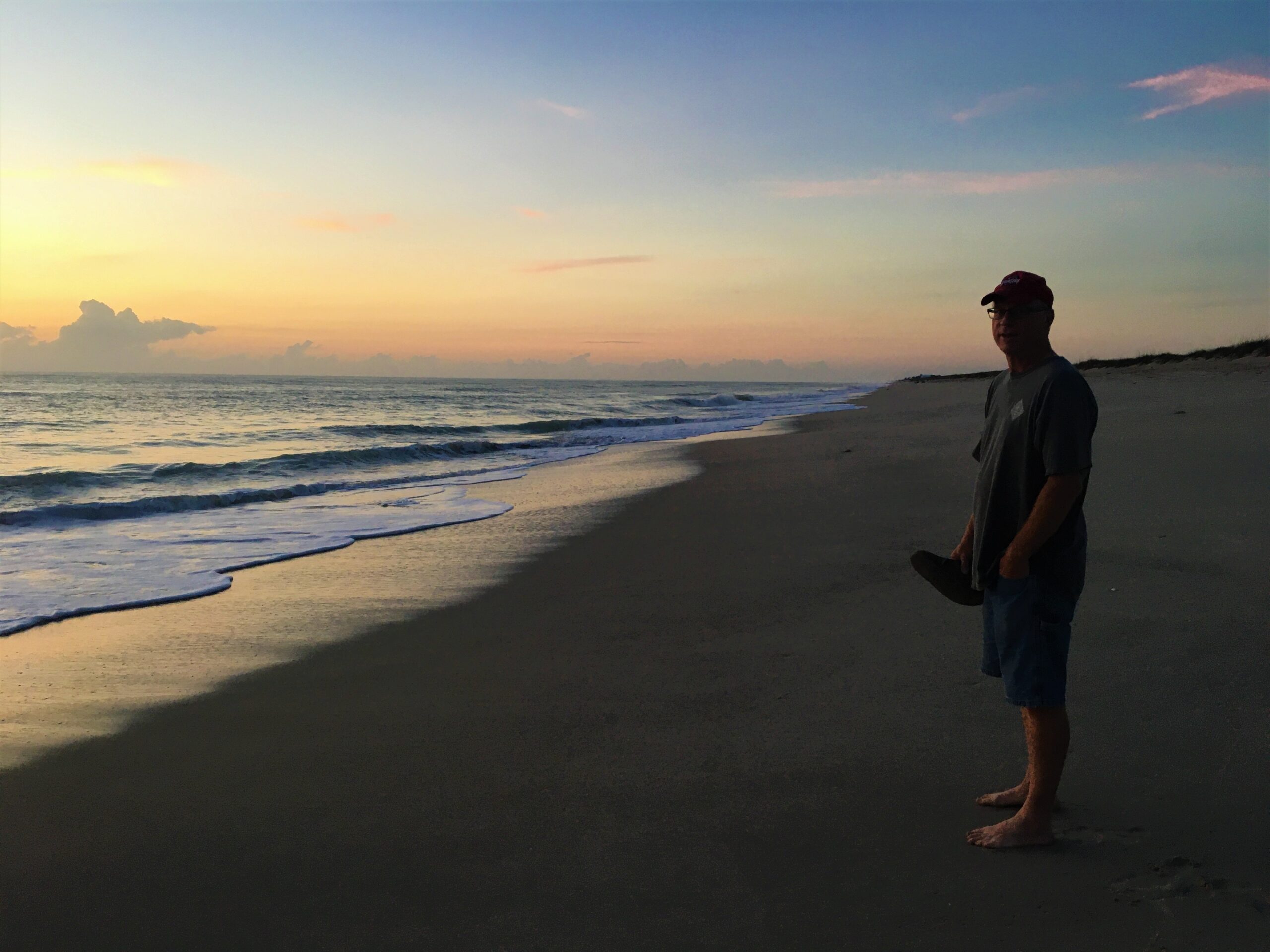
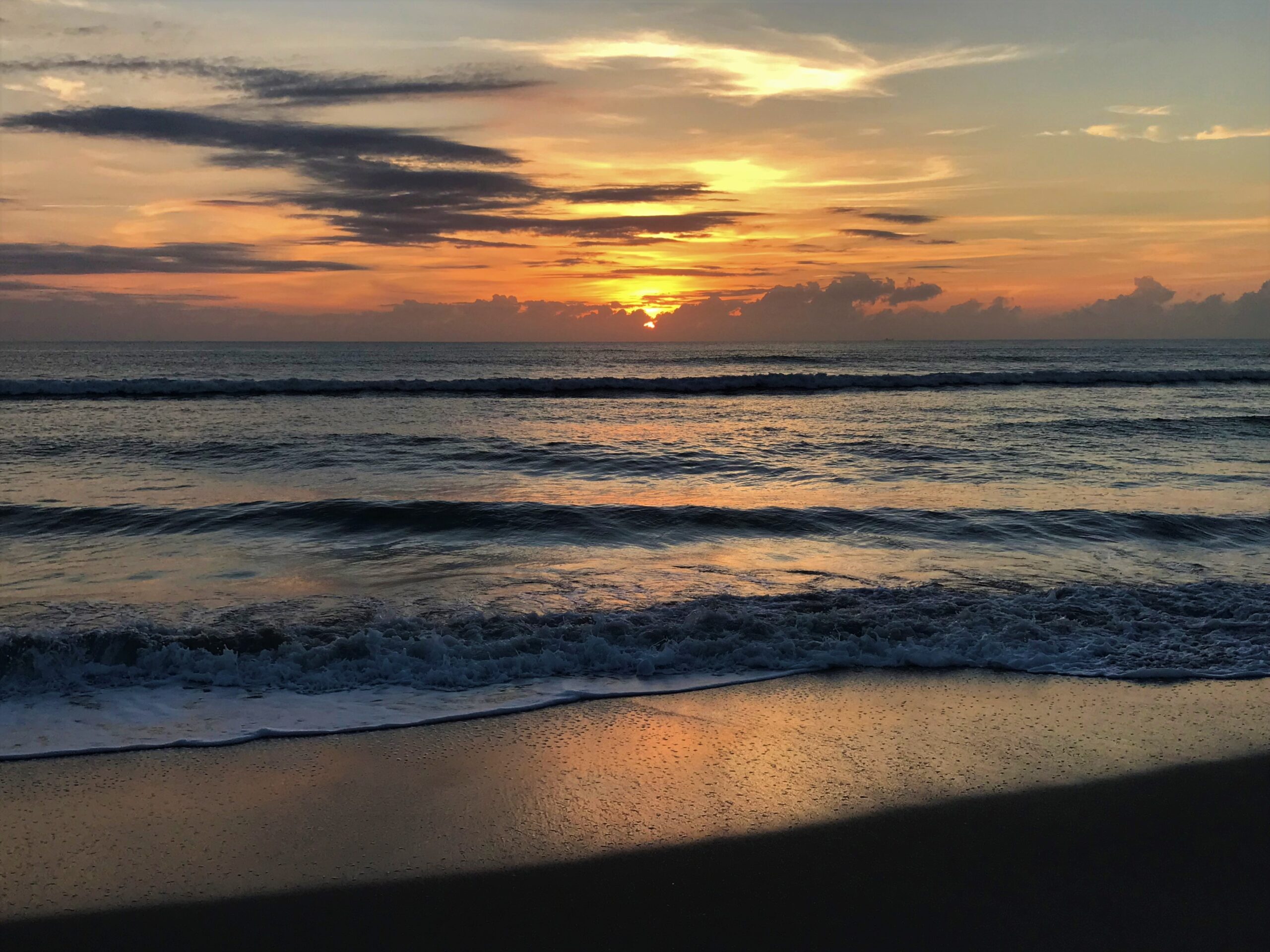

We walked the beach during the experience, then headed home to wait for the McLarty Treasure Museum to open. It got its name from a retired Atlanta attorney named Robert McLarty who lived in town and donated the property. The building sits on a portion of the former site of the “Survivors & Salvager’s Camp of the 1715 Fleet”.
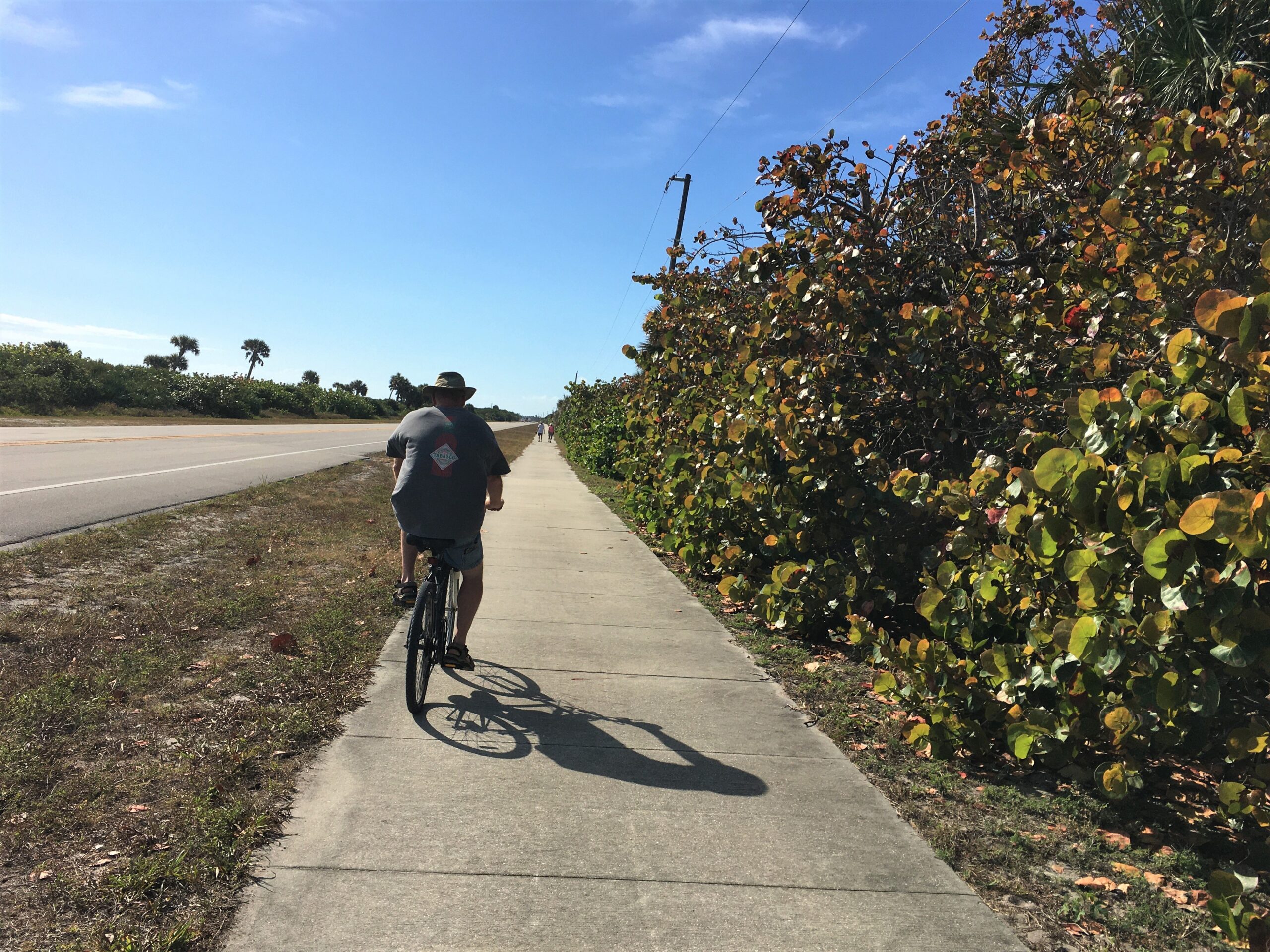
Easy biking on flat sidewalks! : )
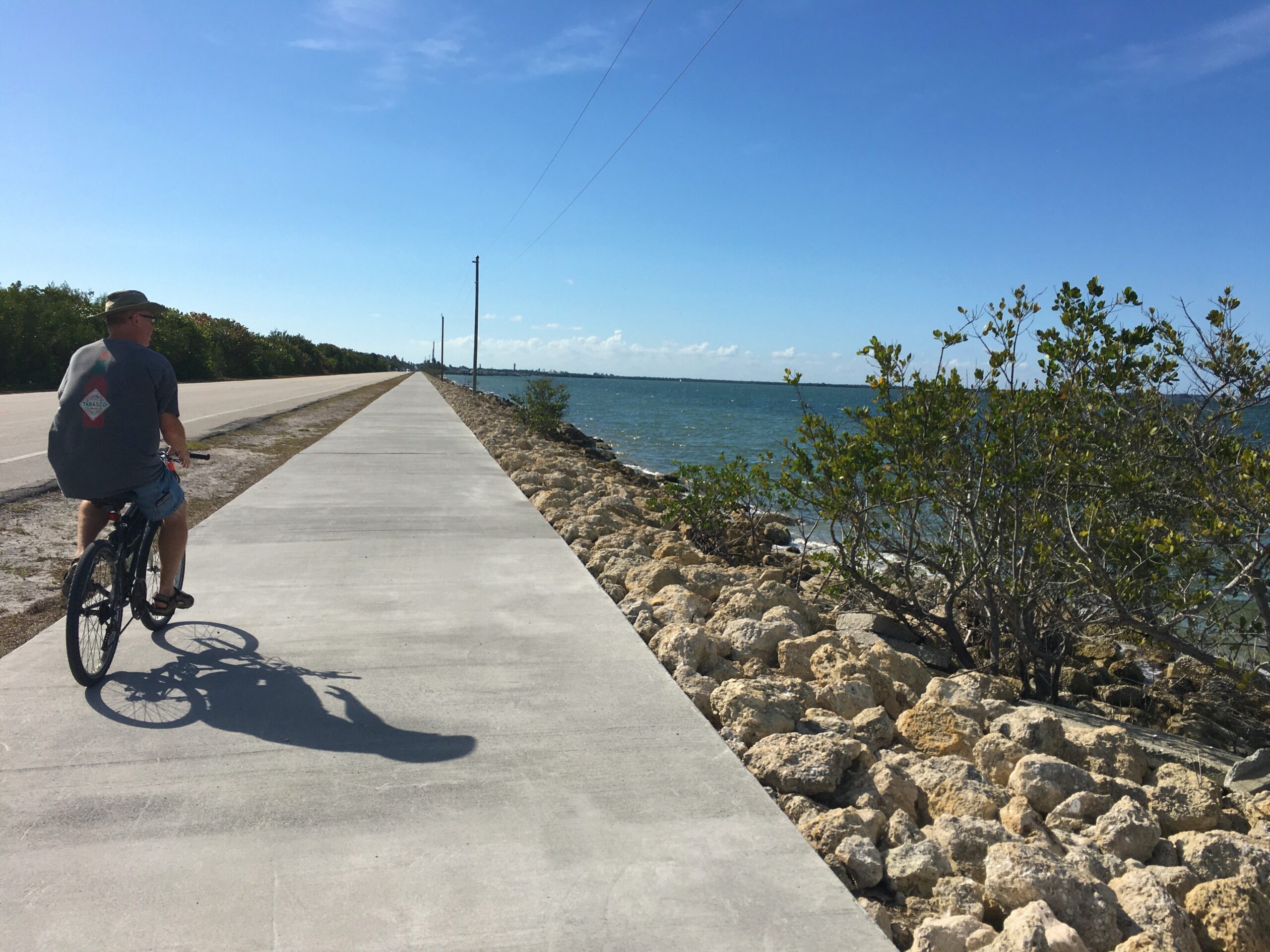
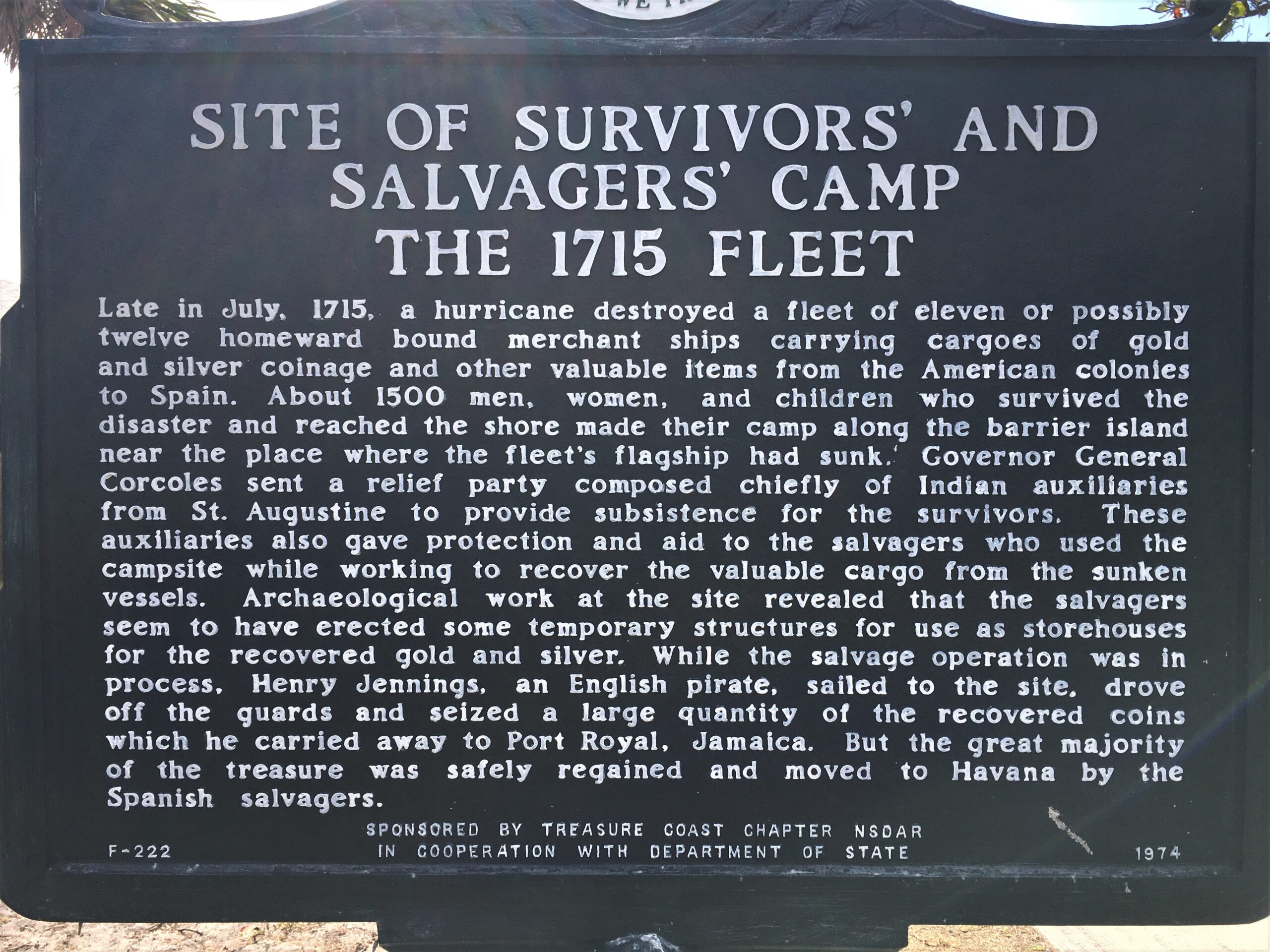
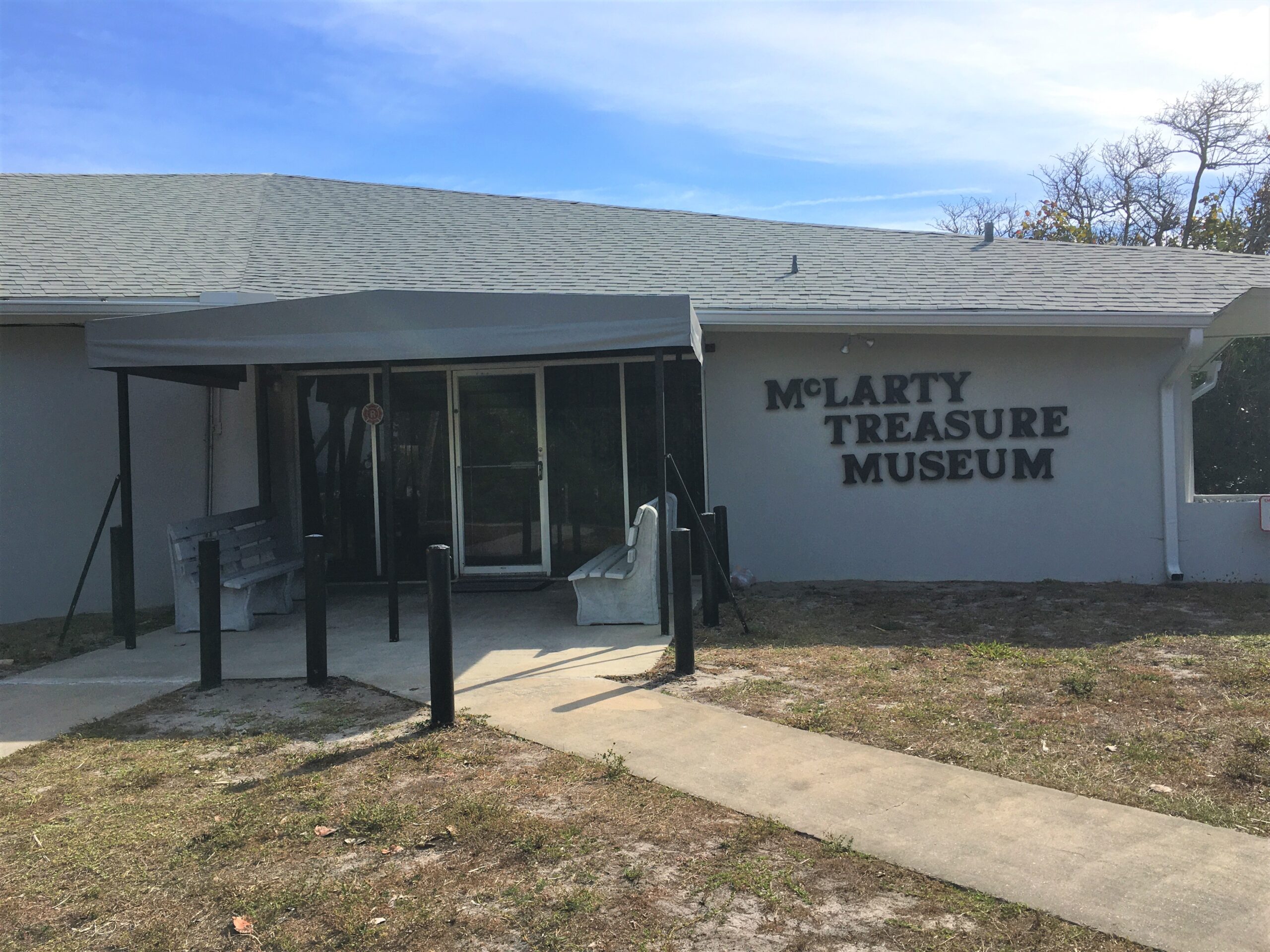
All are original from the shipwrecked fleet.
The only way to regale you with tales of the sea is to use some dramatic flare. You know what that means – – ‘The fish was this big . . . . !!’ as you stretch out your arms to their full width. I won’t give this tale the flare it deserves, but I’ll do my best – while remaining within the parameters of truth. At least mostly. 😊
But to do that, since it requires some time as well as research, and I’m behind on my postings, the tale must wait, but not too long, for a Special Edition.
If you would happen to look it up, the designation of ‘The Treasure Coast’ refers to “a region of Florida on the state’s Atlantic coast, comprising Indian River, St. Lucie, and Martin counties. The region, whose name refers to the Spanish Treasure Fleet lost in a 1715 hurricane, emerged from residents’ desire to distinguish themselves from Miami and the Gold Coast region.” (islandbeachresort.com)
This is where we’re currently staying, and this is the purpose of the McLarty Treasure Museum. Let me tell you, it was a pretty interesting place! And only cost us $2 each.
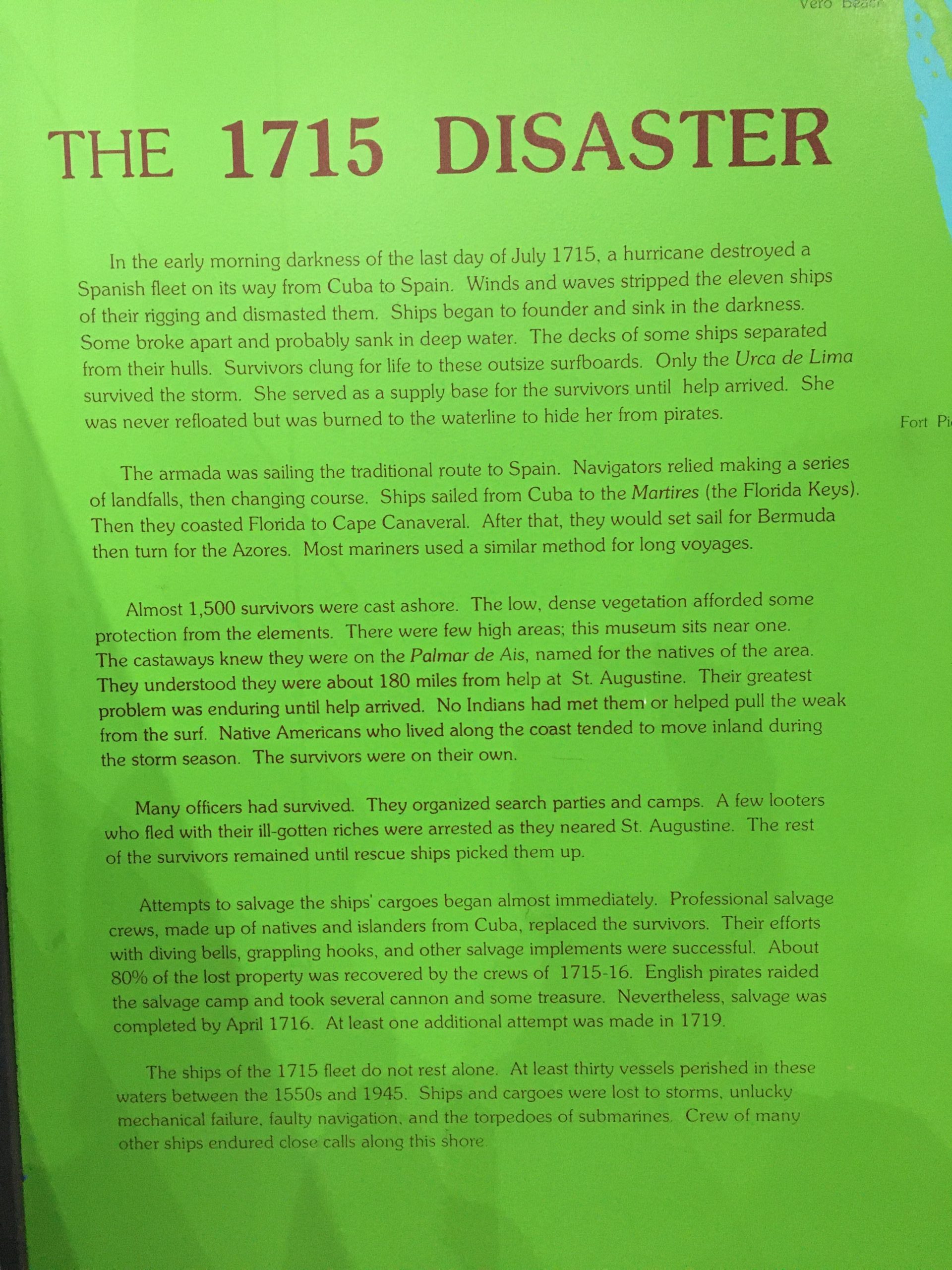
If you’re still interested in learning a little more, check out my Special Edition once I get it published. : )

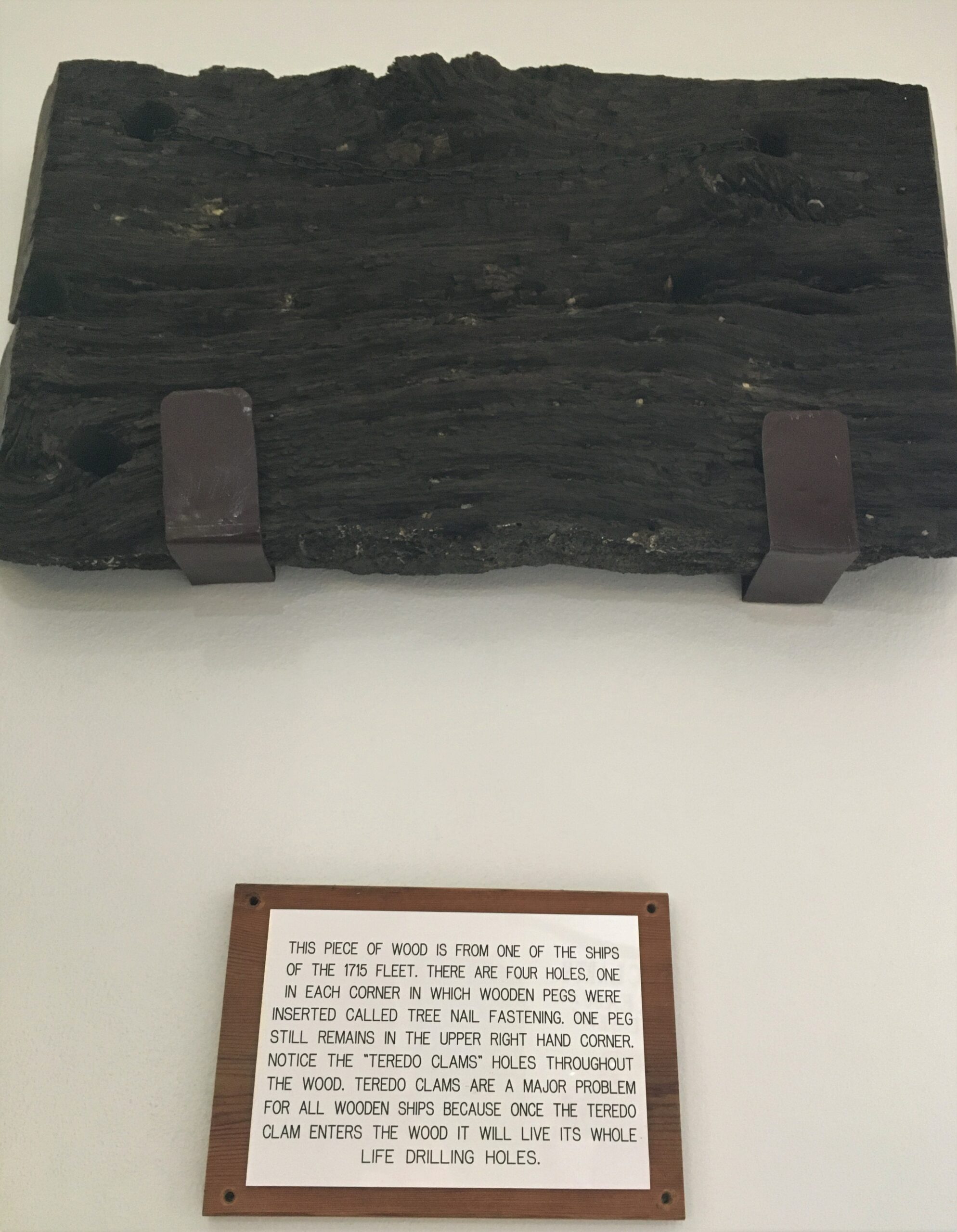
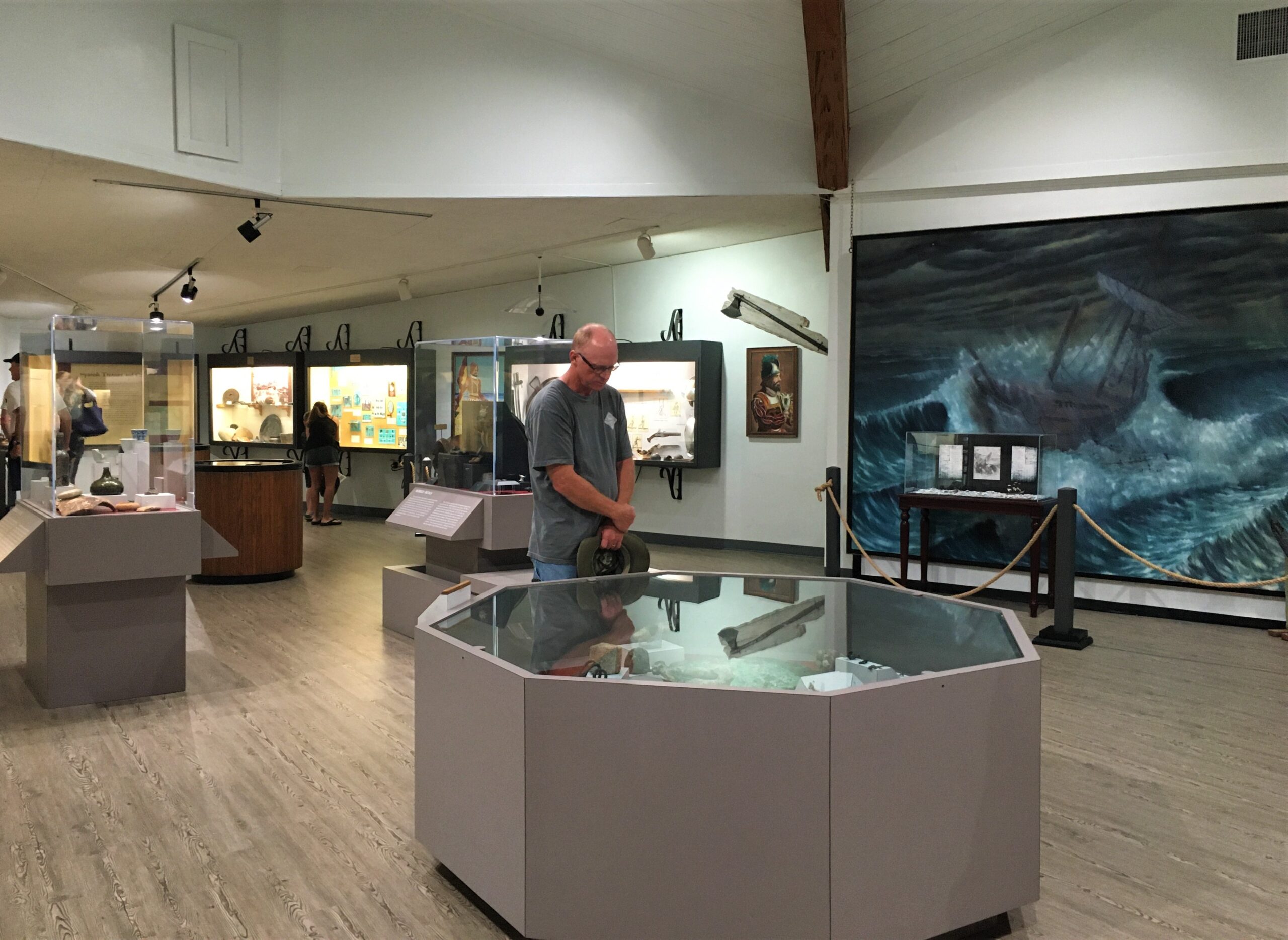
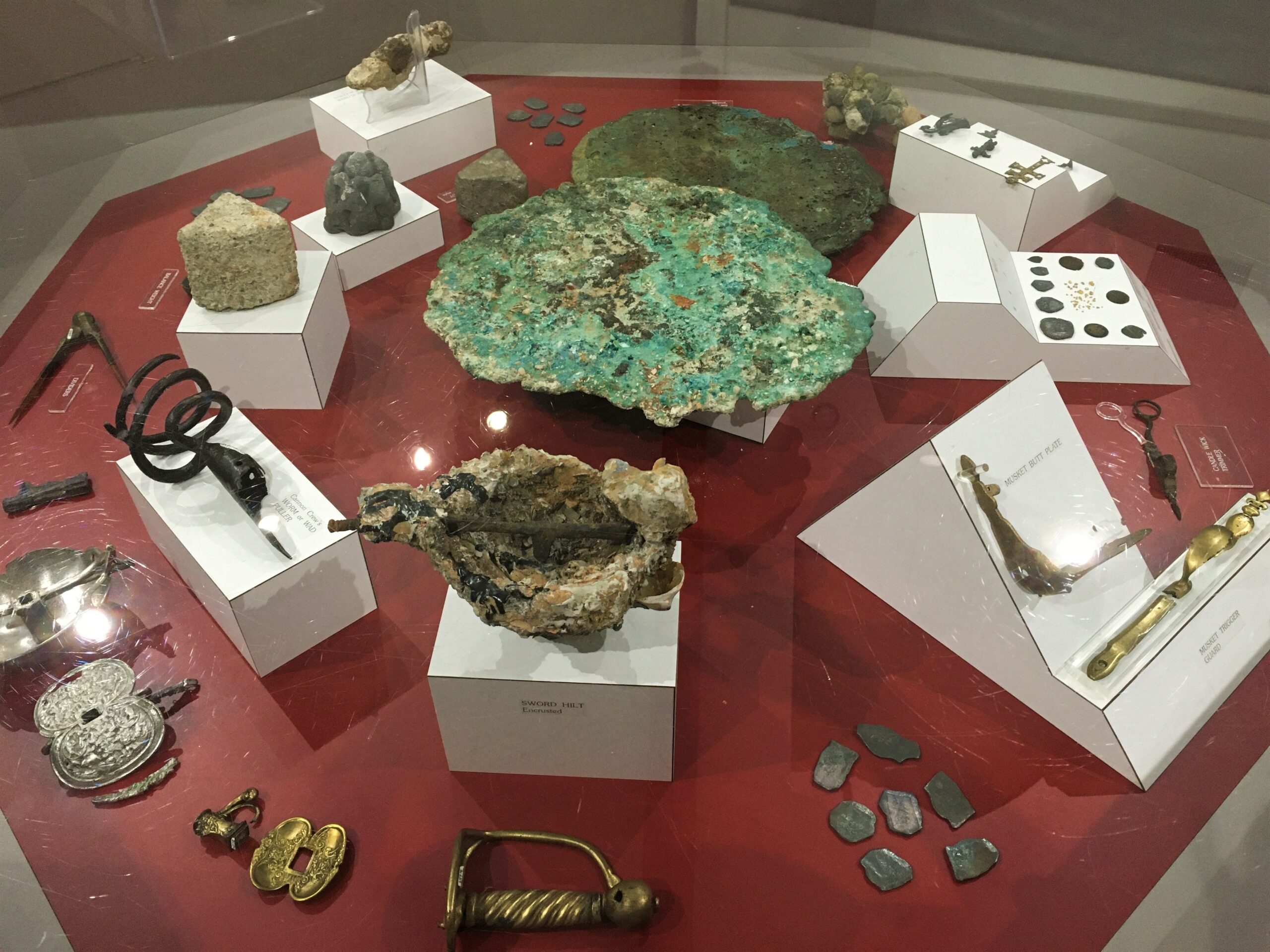
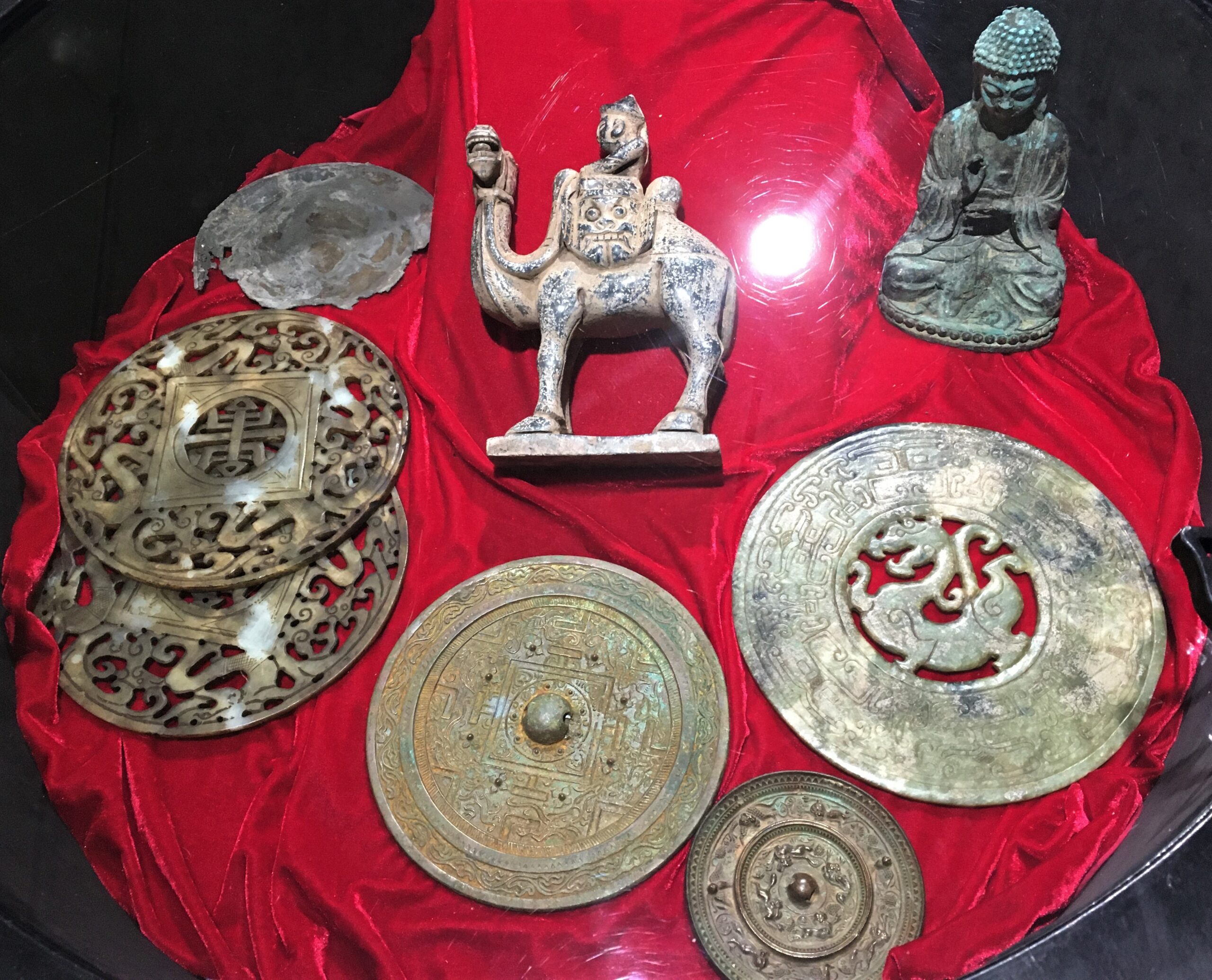
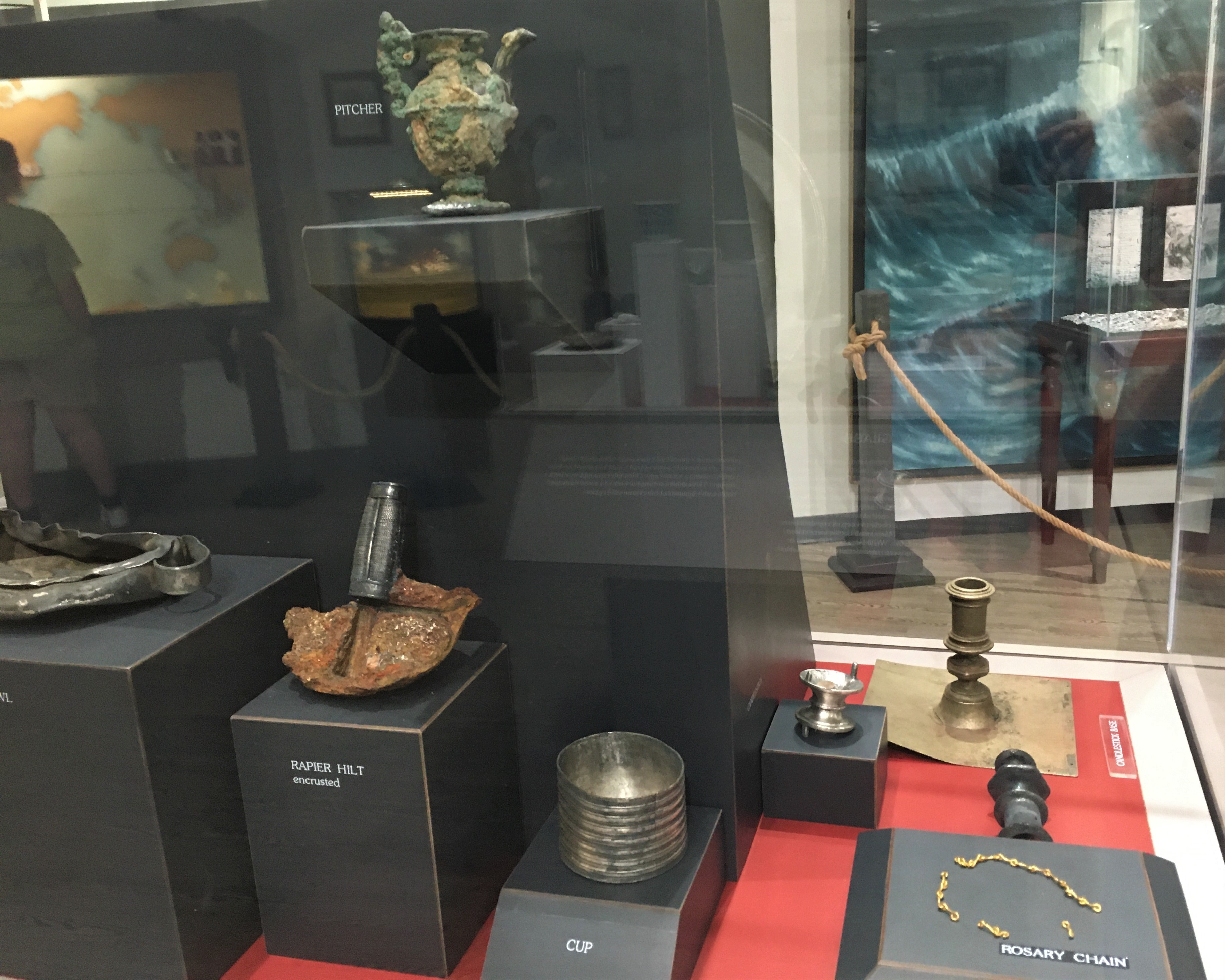
No restoration needed!
Hard to believe, isn’t it??
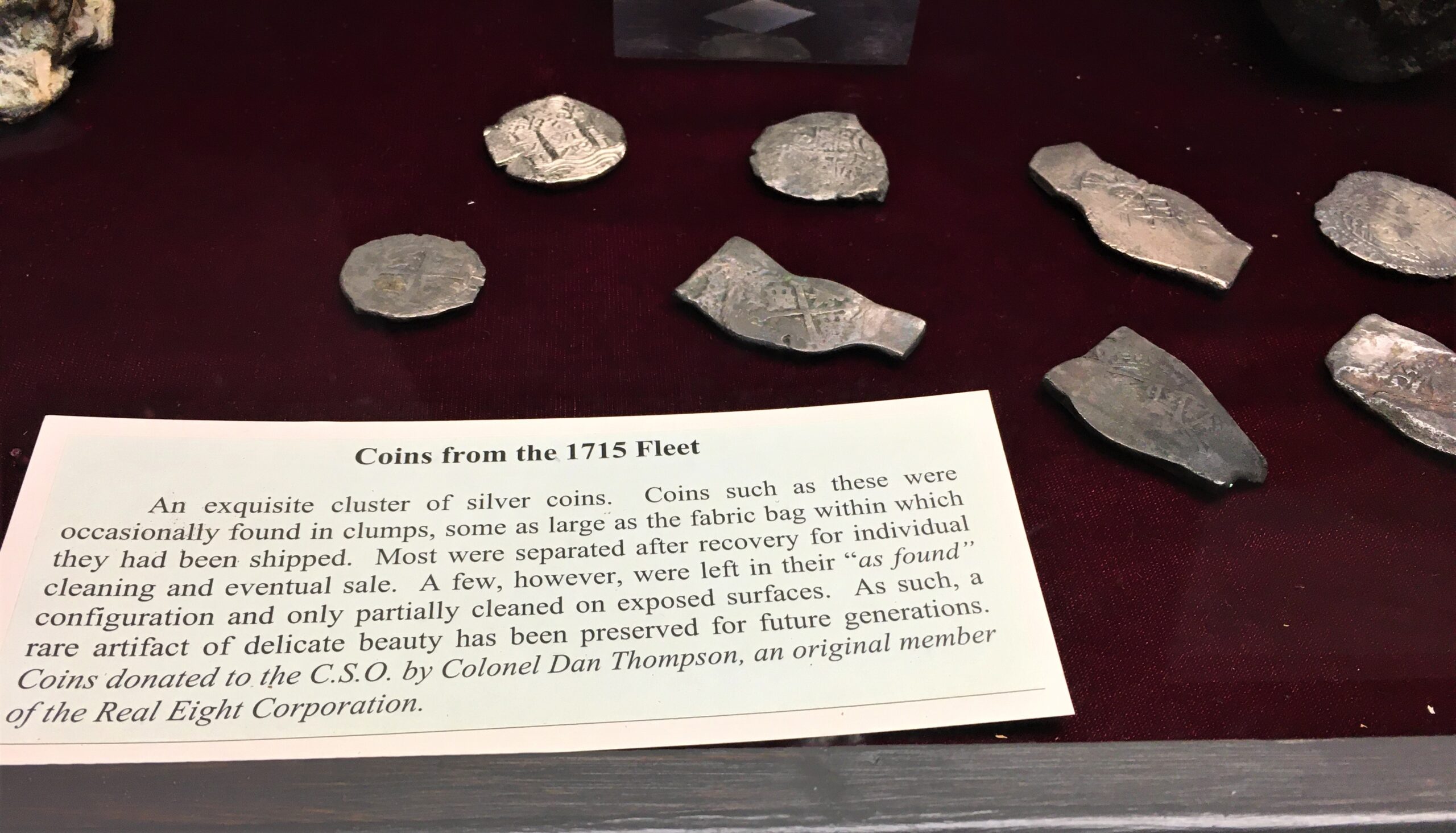

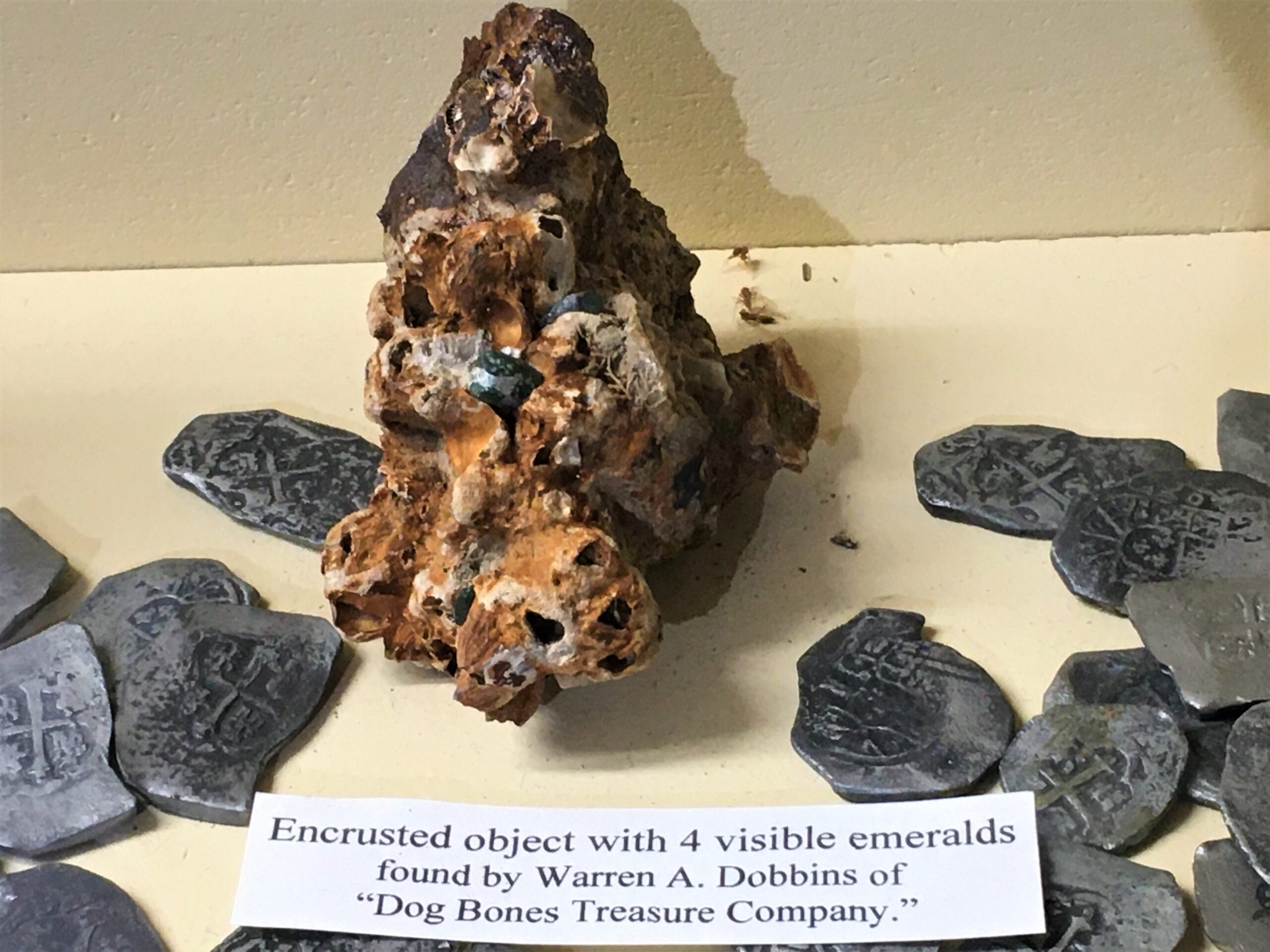
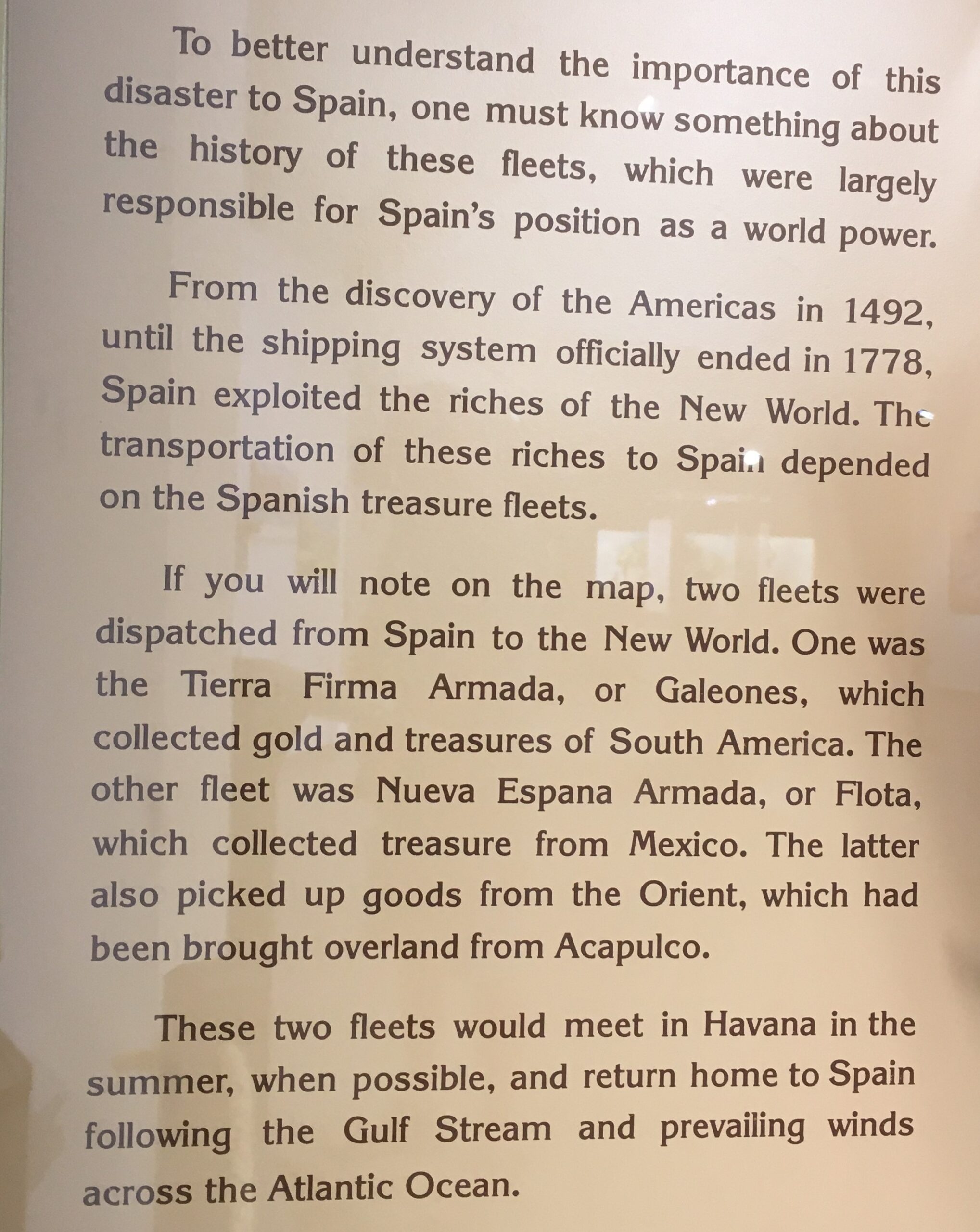
Just for future reference, there’s more recovered treasure on display at a museum called Mel Fisher’s. It’s actually reasonably prices at $8/person, but Blaine believed he’d already seen enough treasure for one day. He probably thought if I was exposed to more gold and silver and jewels, I’d start thinking I needed something of my own. He may be right…… 😊
Even as we completed our partial education on this historic event, the drama didn’t end.
Our bikes had been parked outside, under the sun’s blistering rays, and our black seats absorbed every one of them! I believe it’s entirely possible we sustained first degree burns! Ouchy wa-wa!! The further we rode, the hotter the seat became! I swear it’s true! And it didn’t get better until we parked at the pier and left them in the shade while we pondered the goings-on there for a while. I was still a bit sore even a couple of hours later. And let that be a lesson for us all – – never underestimate the effects of Florida sunshine!
All that, and our day is far from over.
Back home, Blaine discovered a black snake in the tree outside our bathroom window! Yes! You read right – – it was climbing the tree! Of course, once he got back there to take a decent picture, it slithered off; quite quickly in fact!
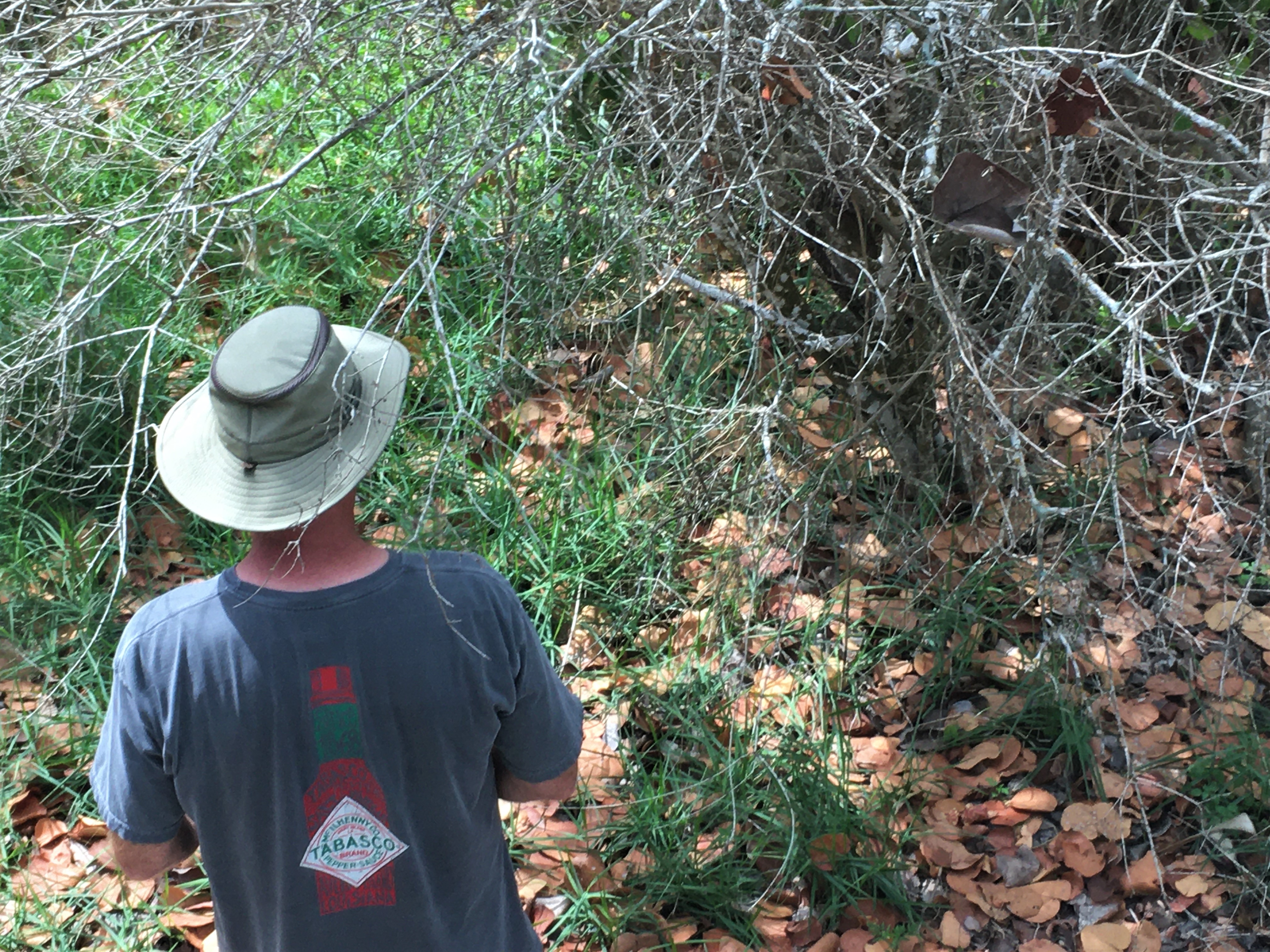
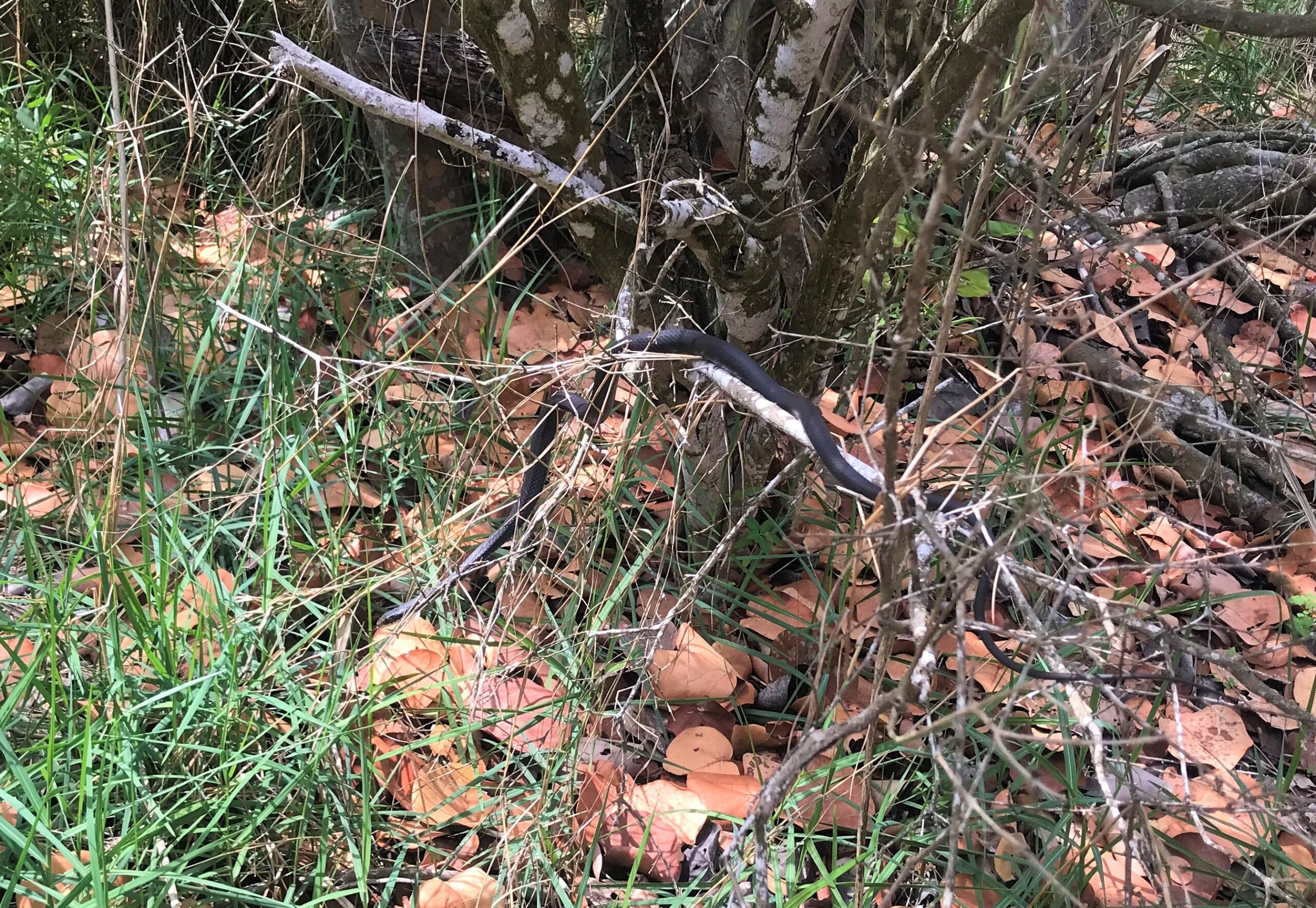
It was still pretty early in the day, so we drove over the check out Pelican Island; mostly to determine if we could in fact, kayak to it if we so desired. There were few birds this time of year (or was it the time of day), and you’re not allowed to set foot on the island. We saw it from an observation area and that was enough for us. 😊
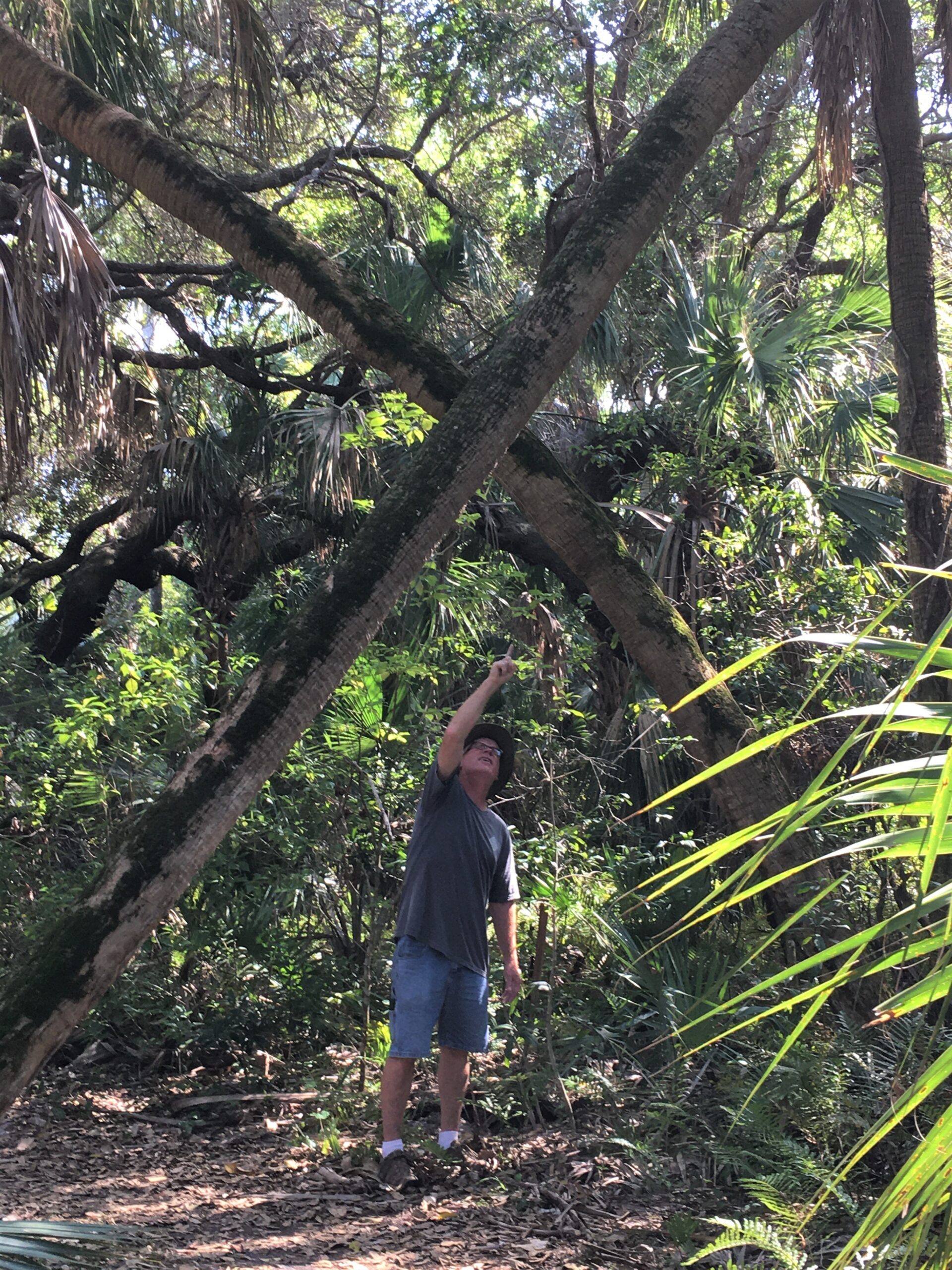
Appropriate after learning about treasure!
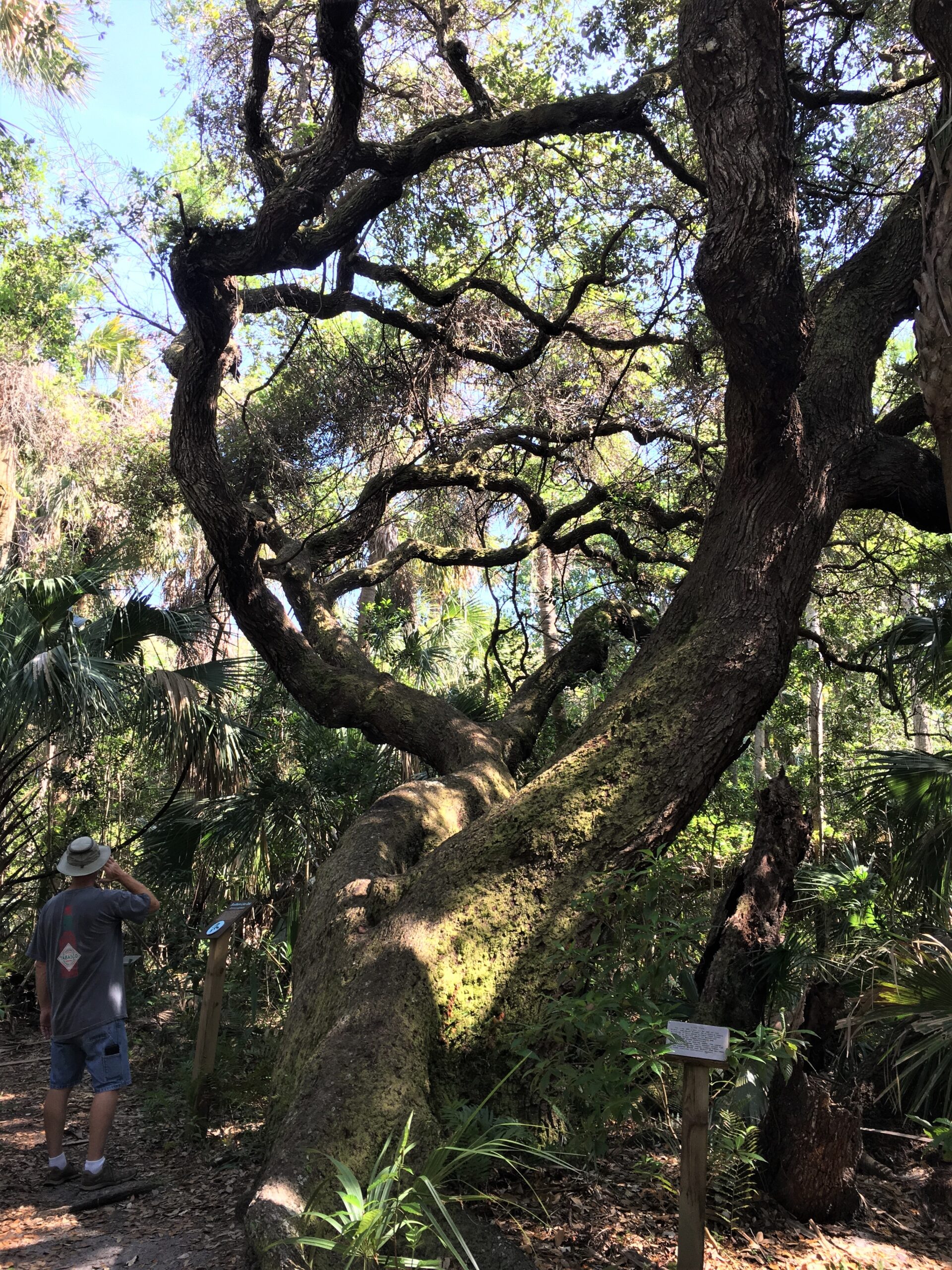
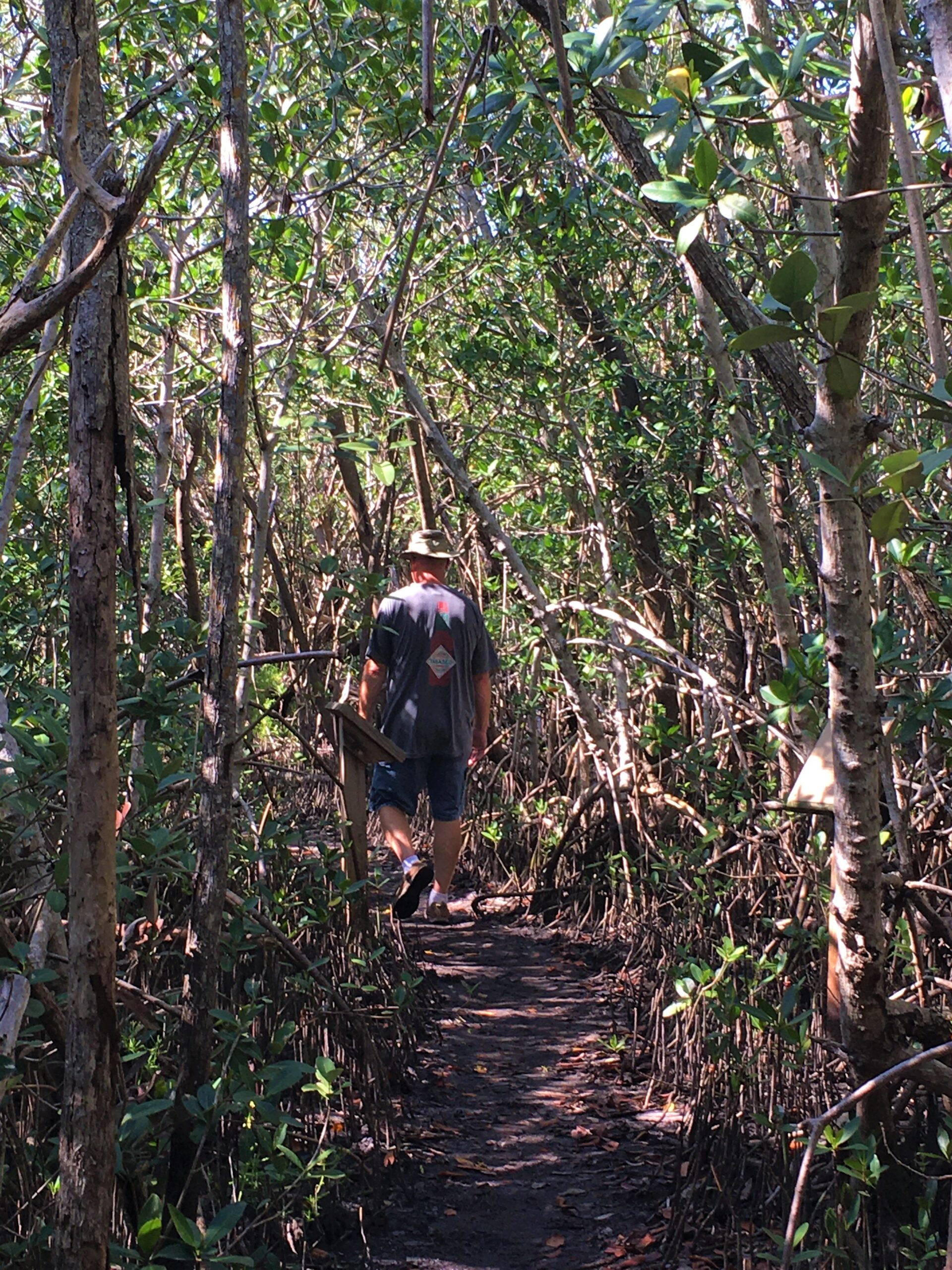
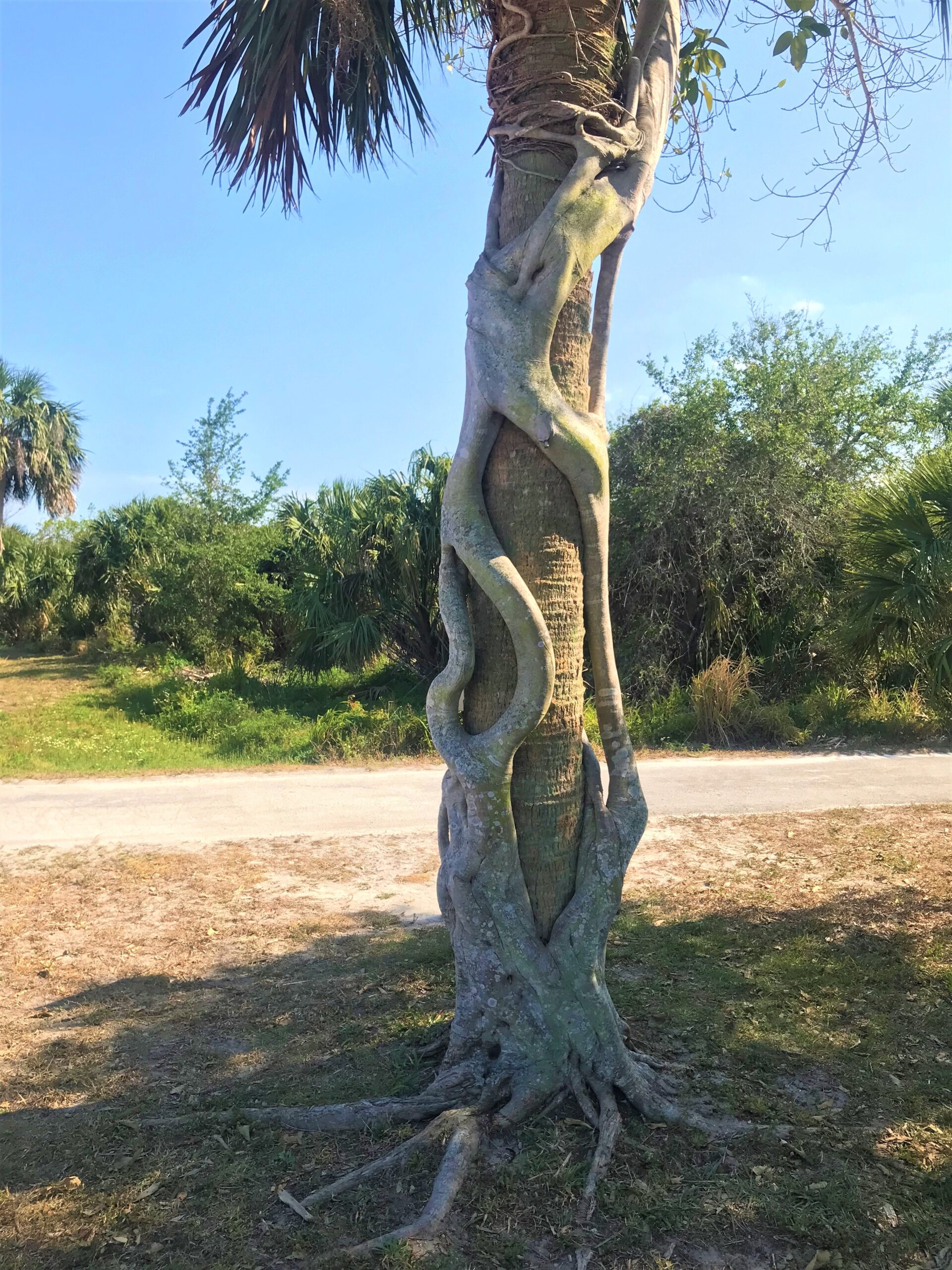
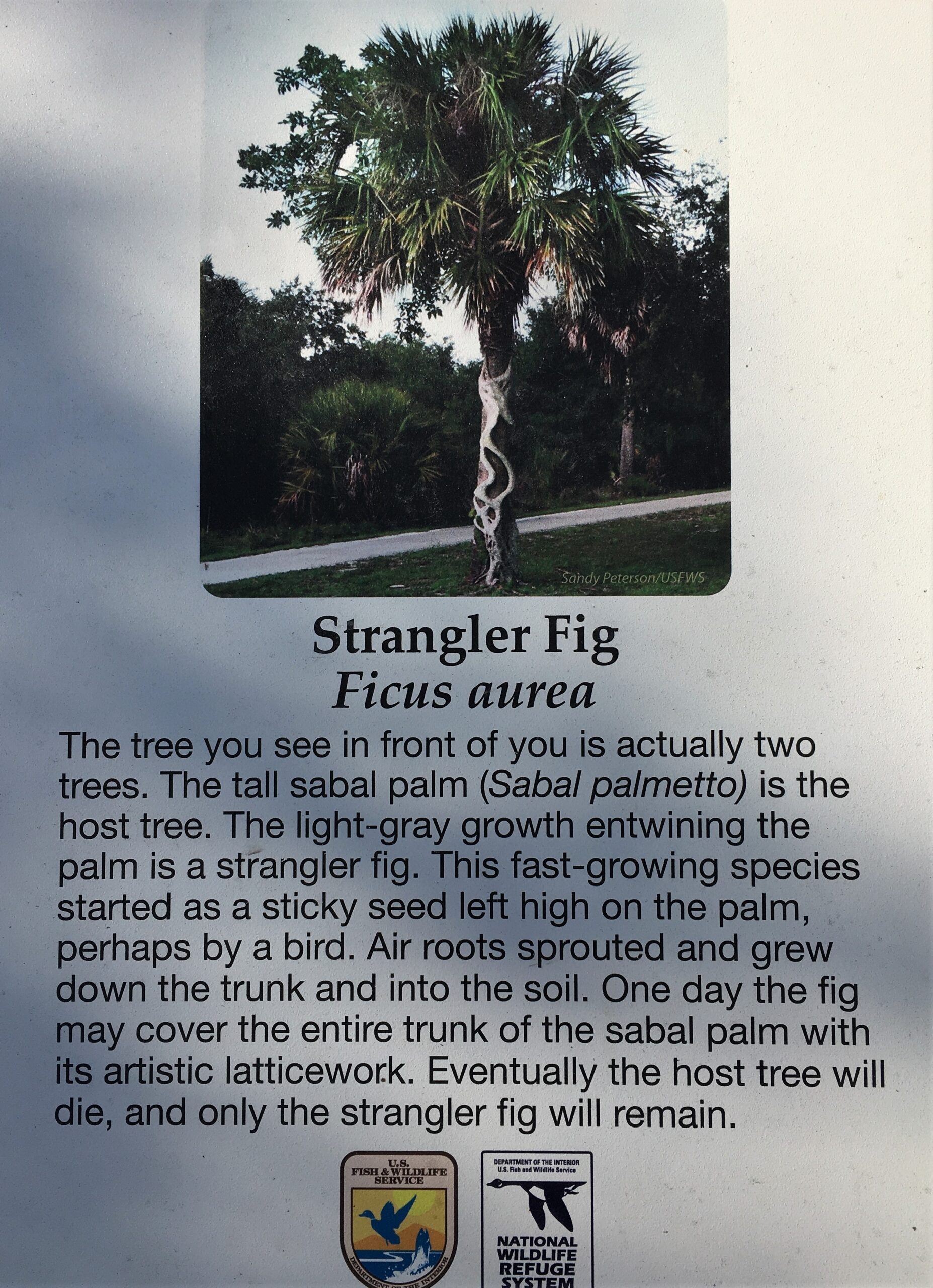
Strangler figs begin life as a sticky seed on a tree branch high up in the canopy and are usually left there by an animal.As the young strangler fig grows, long roots grow down along the trunk of the host tree, eventually completely engulfing the host tree trunk. Once these roots reach the ground, they enter the soil. At the same time, the strangler fig grows leaves.
The weeping fig (Ficus benjamina) develops roots from their branches and these grow directly down towards the ground.
In this species of strangler fig, once these roots reach the ground, they grow outwards in the soil and thicken to produce trunk-like structures. This can result in large patches of strangler fig forest all originating from one plant.
The growth process of strangler figs can be murderous, leading to the death of its host, and earning it the Spanish nickname, ‘matapalo’ (tree-killer). The roots constrict the trunk of the host tree and surround the host tree roots, cutting off the nutrient and water supply. Its thick fig foliage high up in the canopy can also steal sunlight.
Strangler figs are not just destructive parasites; they are very ecologically important in tropical areas.
The hollow center of strangler figs provides habitats for a number of animals including bats and birds. They are also known as ‘keystone species’, as their fruits provide an important source of food to a variety of animals.
Researchers found that strangler figs may support their hosts during severe storms. ~ kew.org
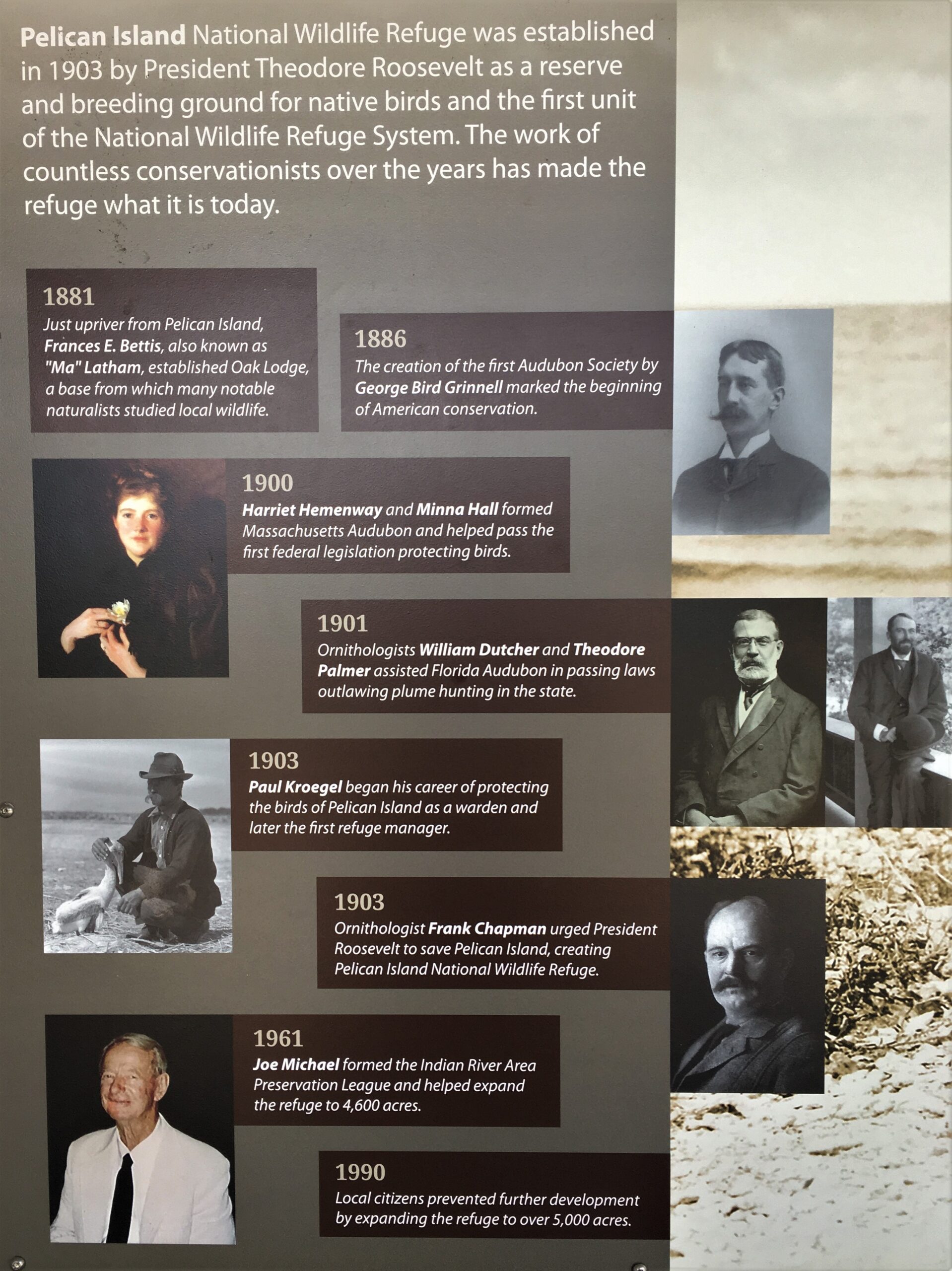
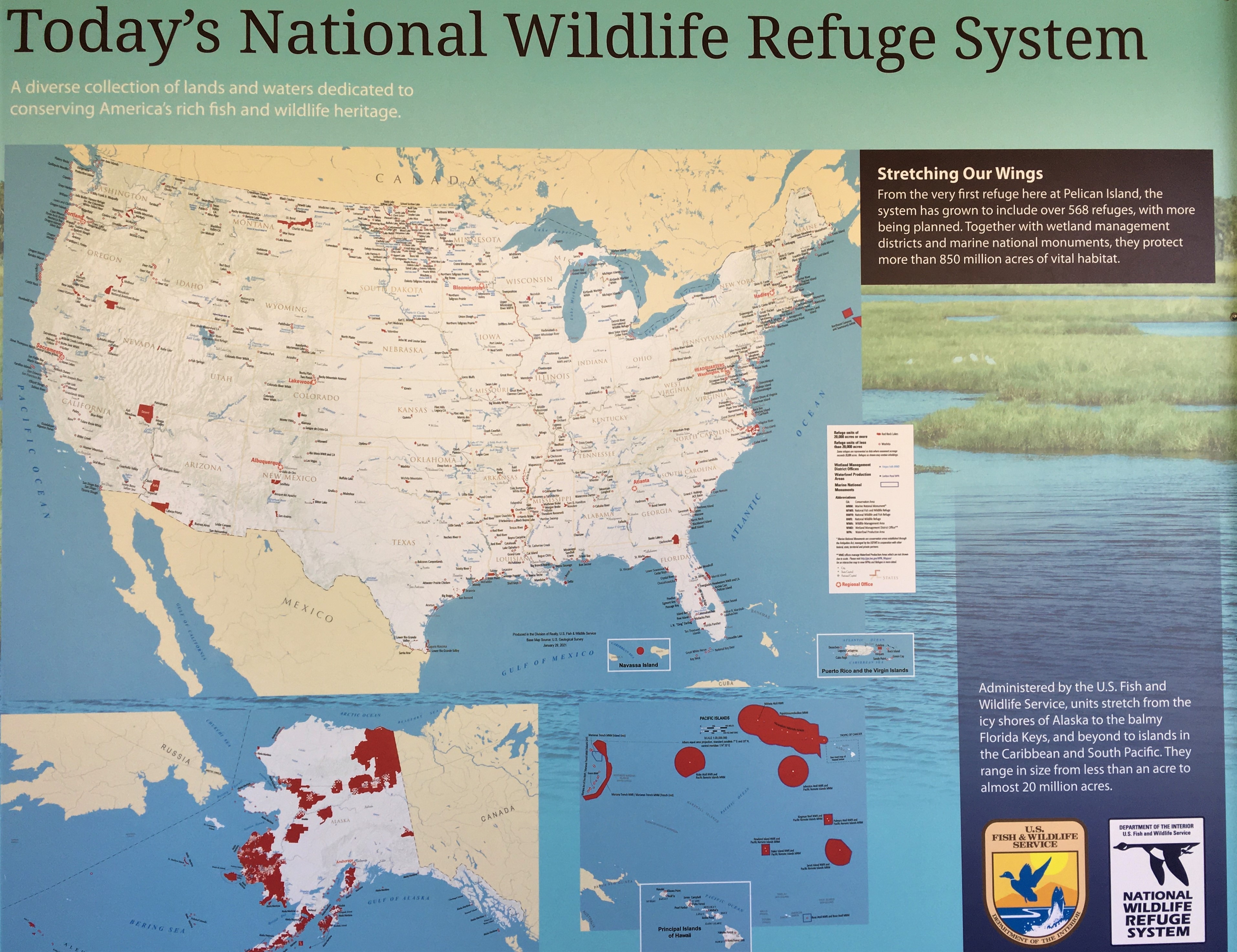
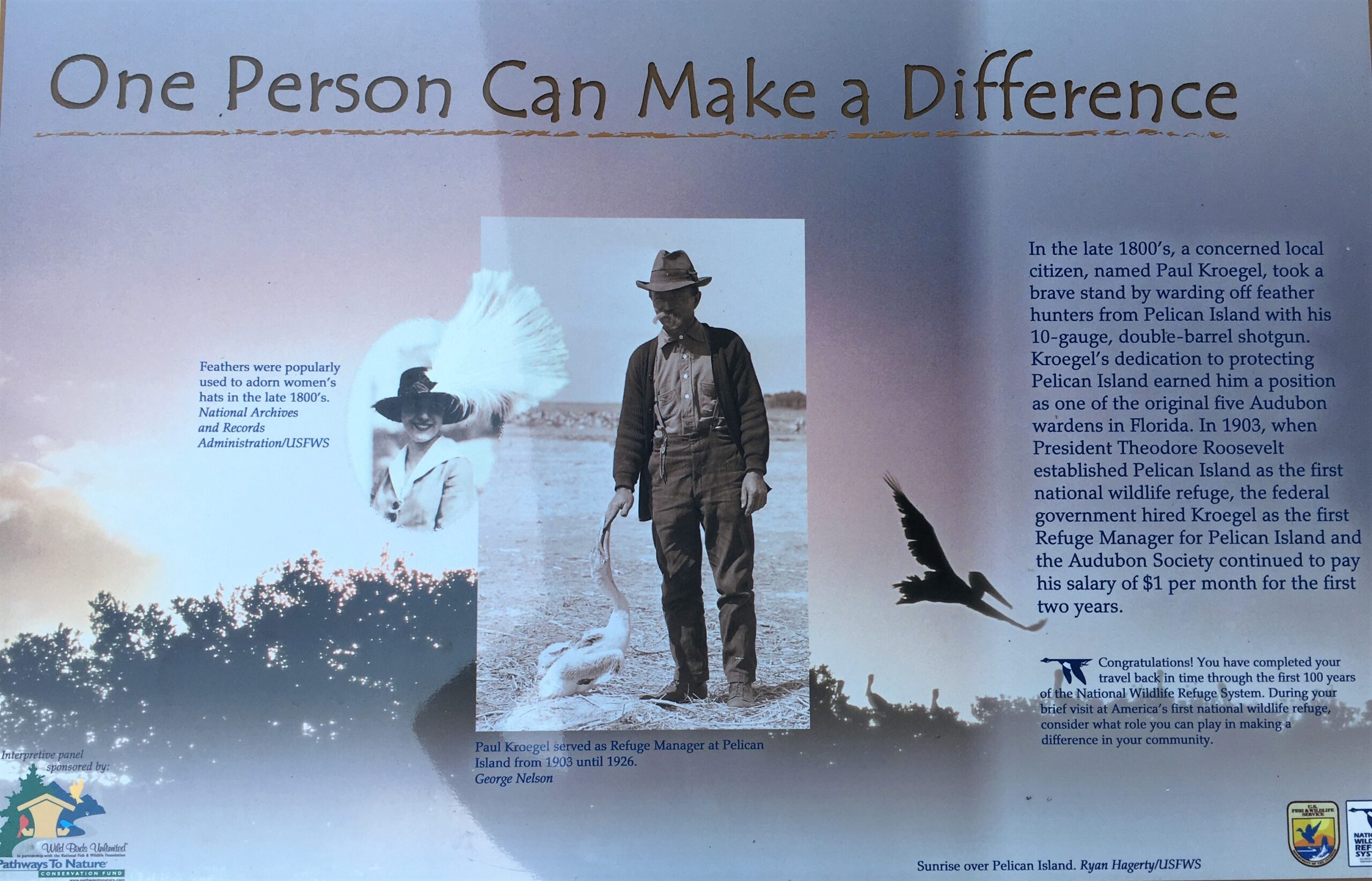
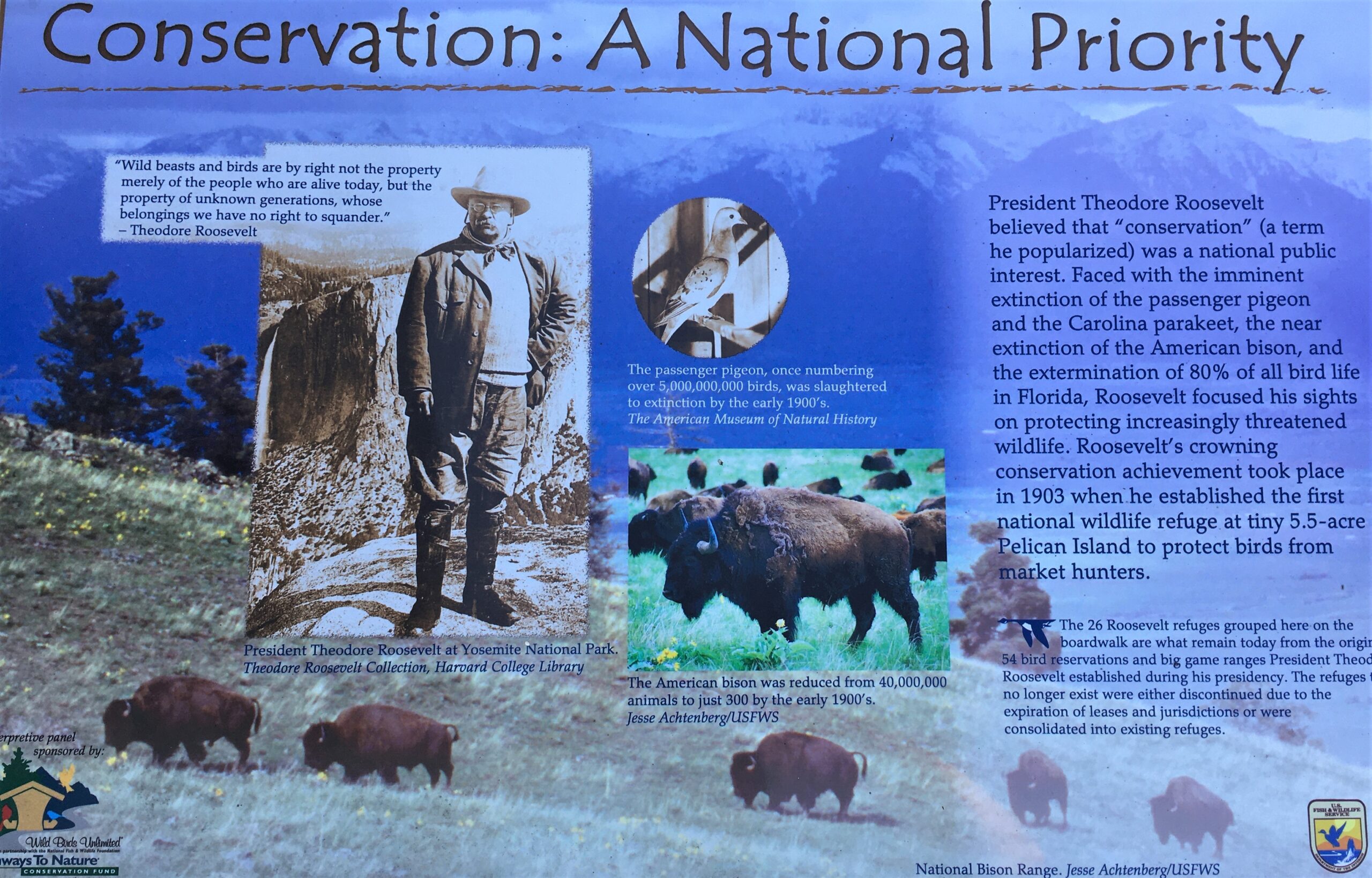
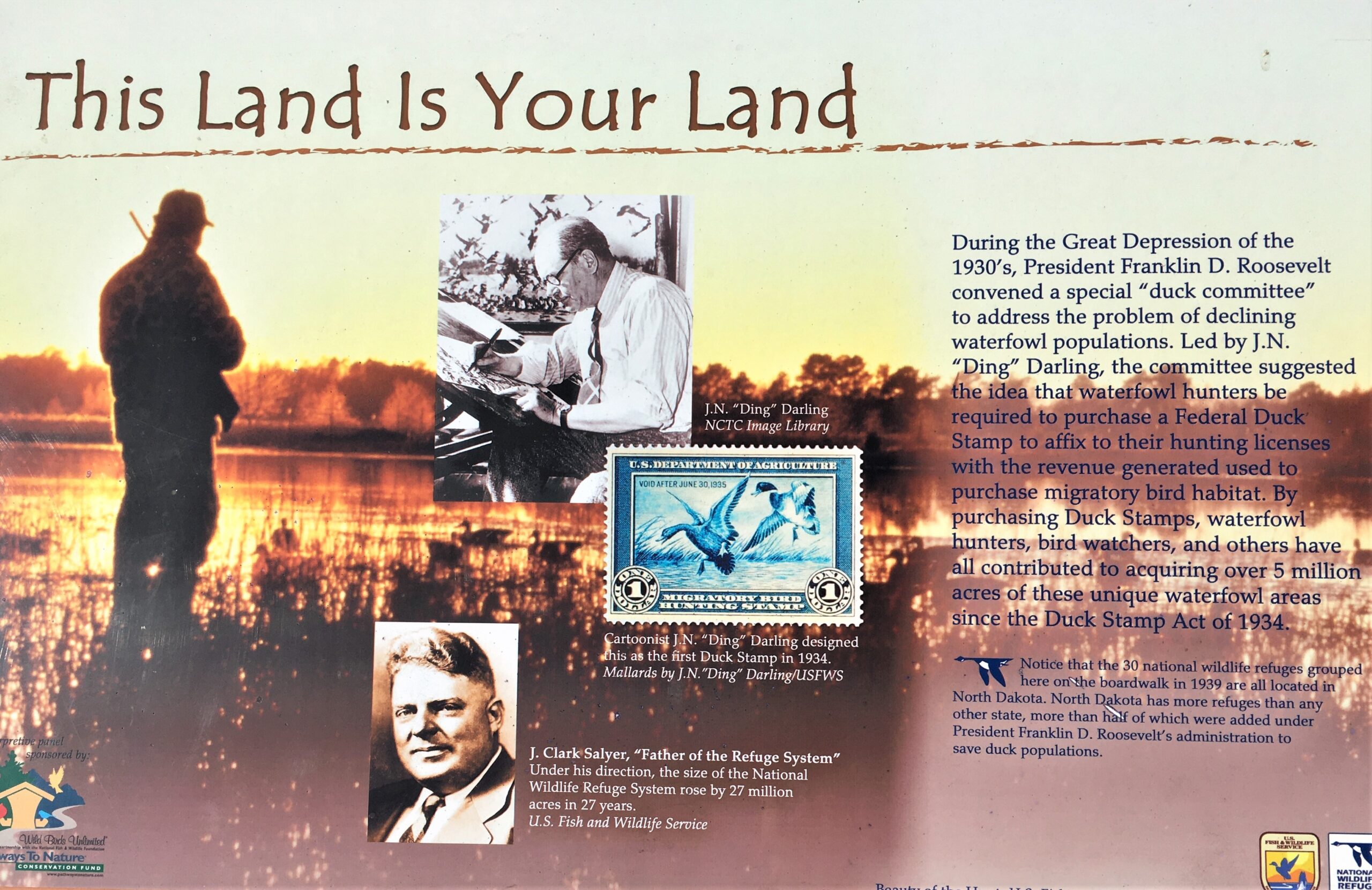
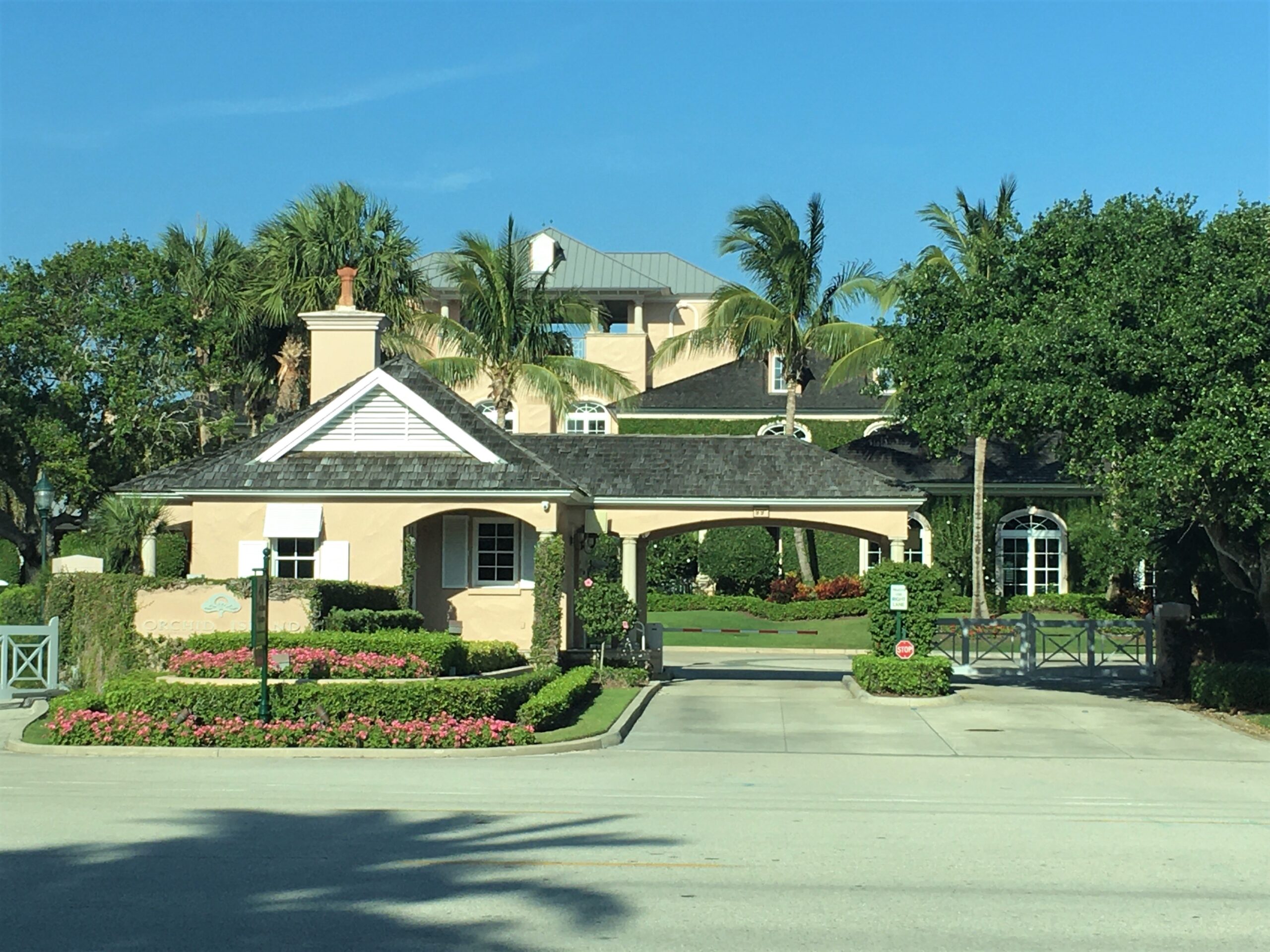
On the way back, Blaine pulled the Jeep to the side of the road in order for us to do what he’s been wanting to do since we arrived – walk to the top of the bridge. I was not a fan because of the narrow walkway and the cars whizzing by at 45mph, but the view was pretty spectacular.
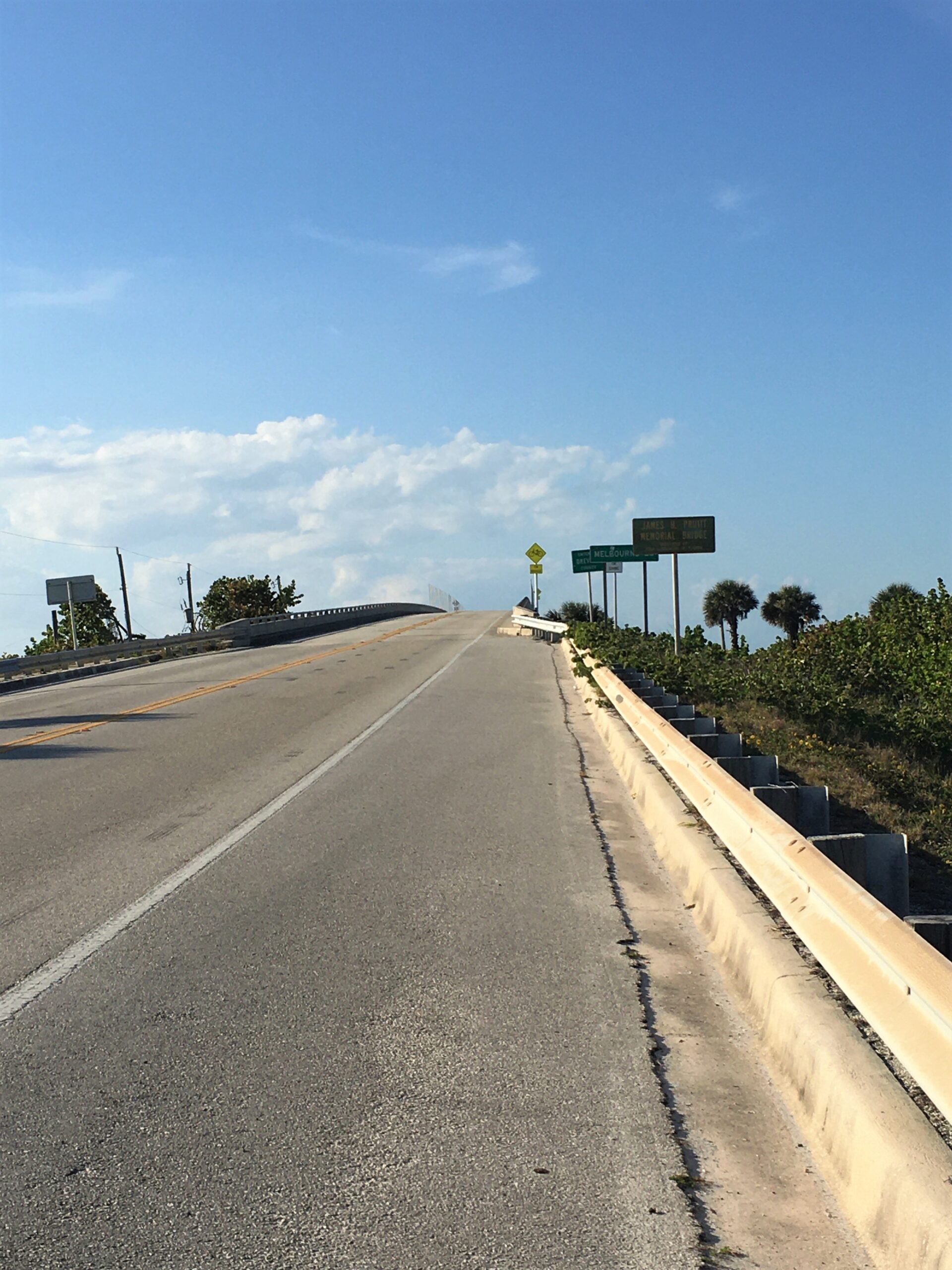
Not much room there!
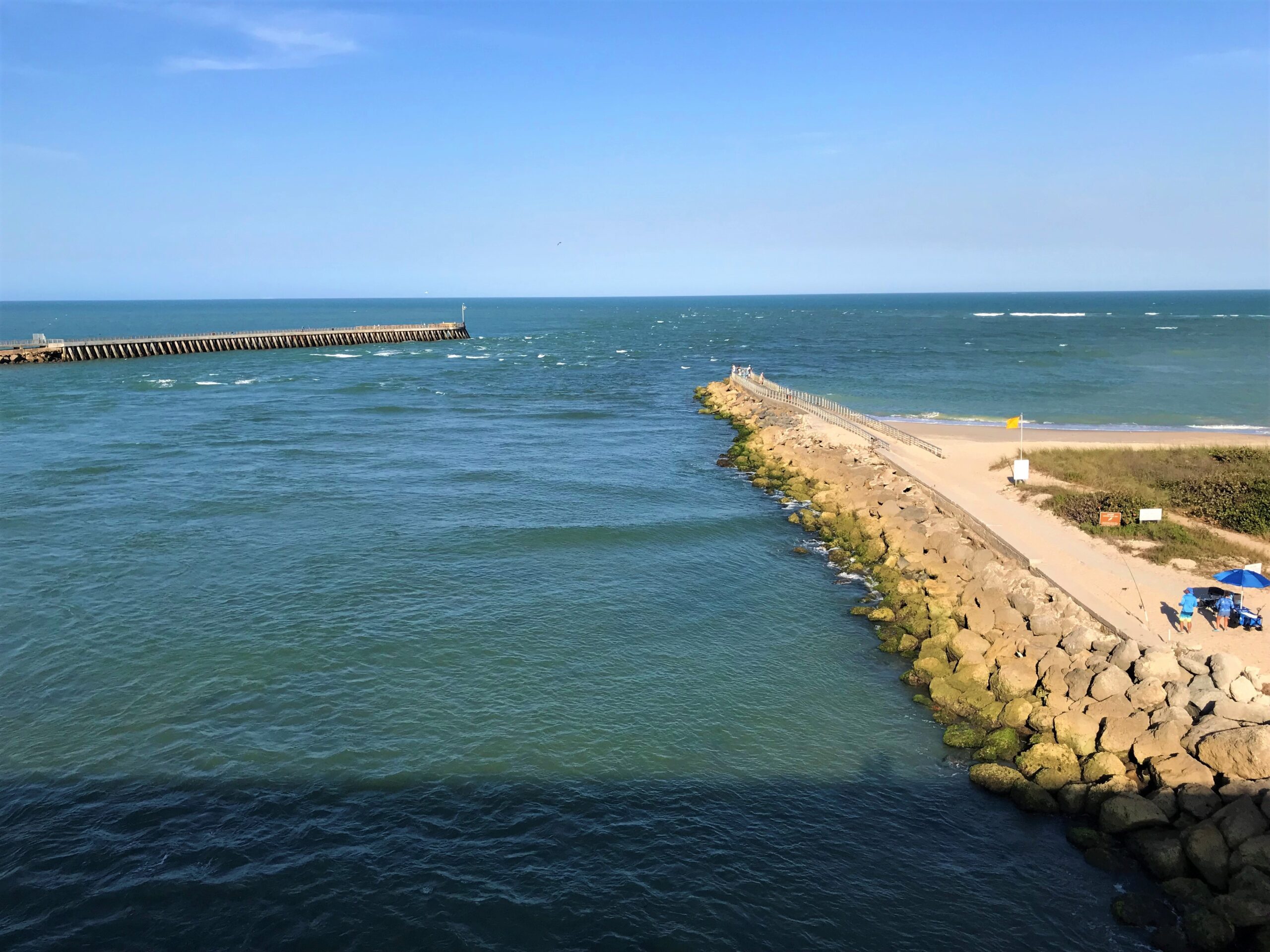
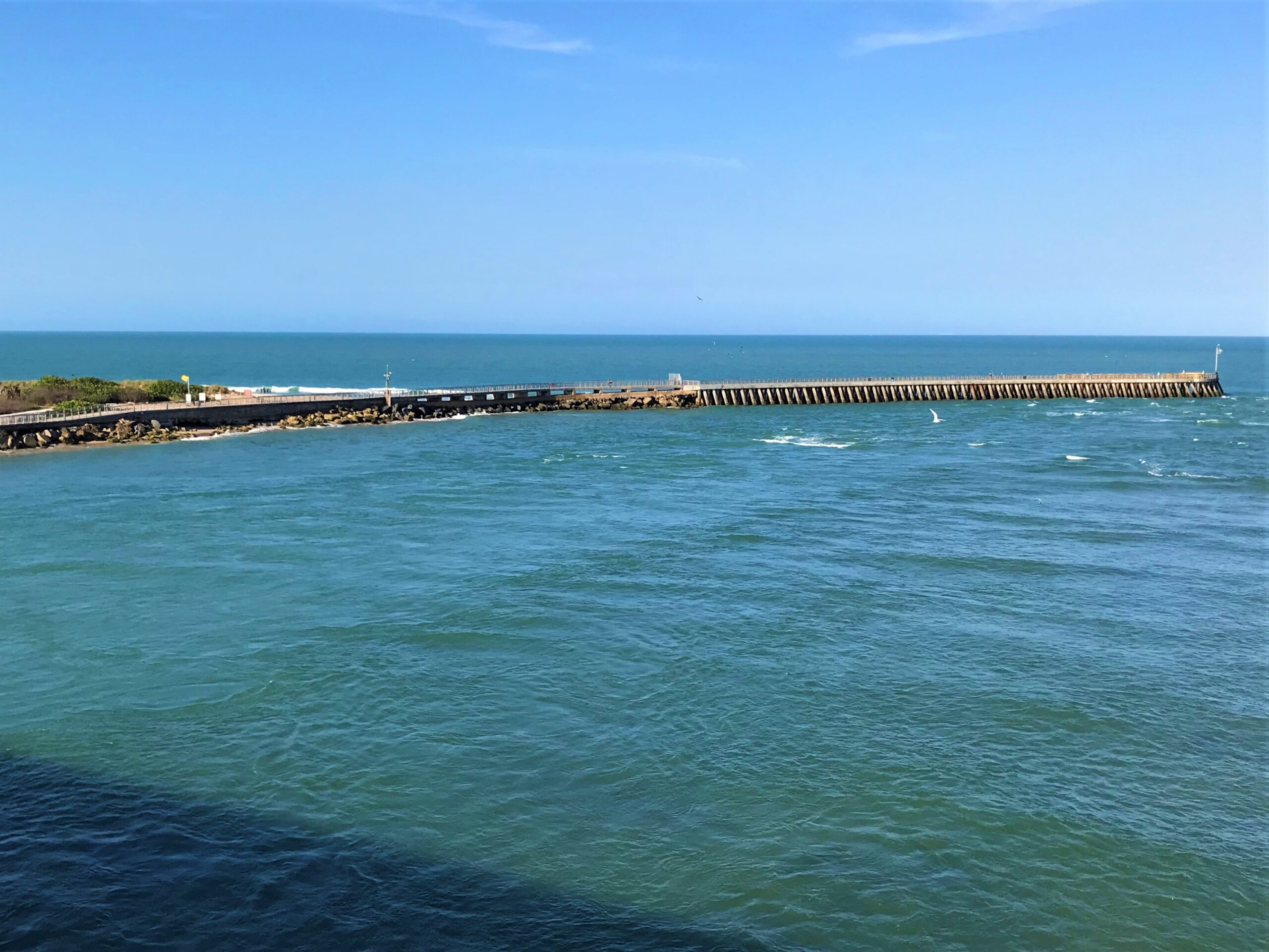
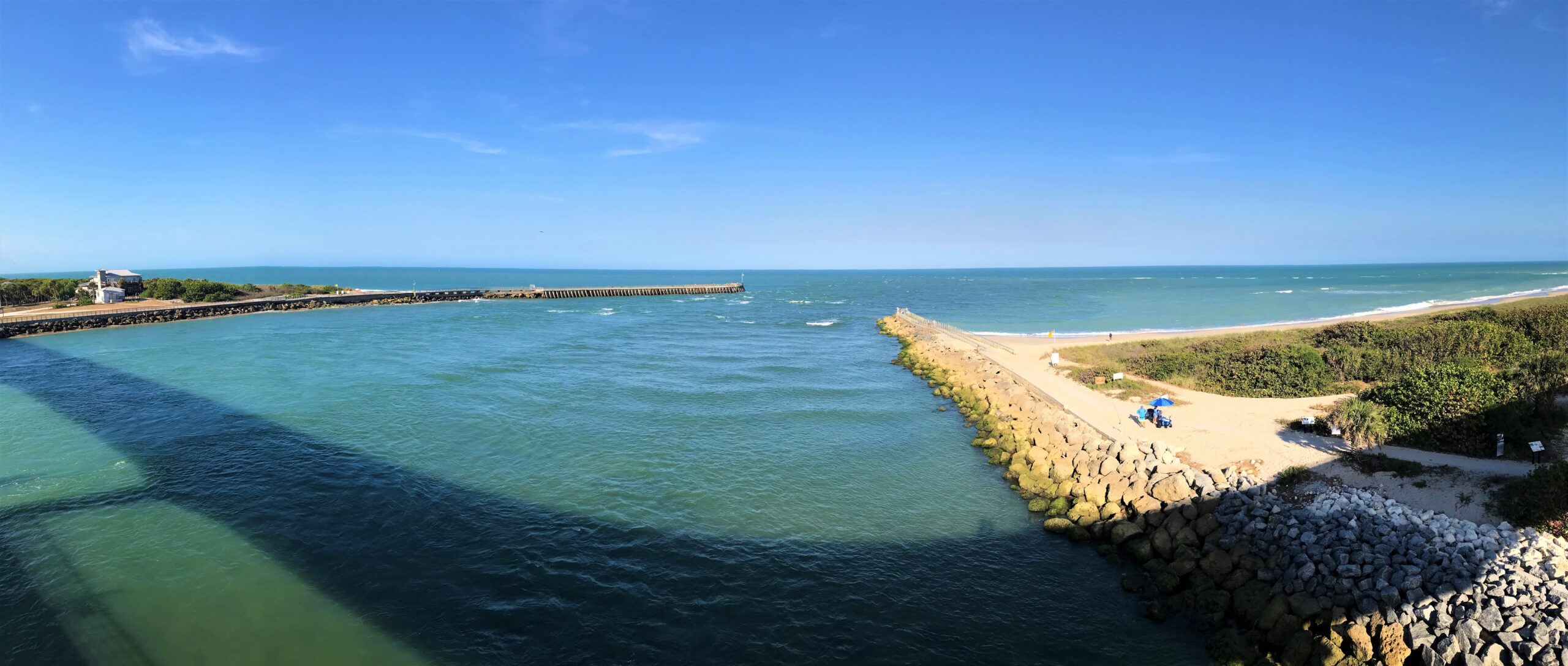
Back on ground level, we drove over to the other side of the bridge and found the parking lot for the long pier across from where we’ve been ‘hangin’ out’. There, you’re far enough out to see the battle of the ocean and the inlet waters, similar to what we did with Blaine’s sister at Jupiter Inlet a few days ago.
